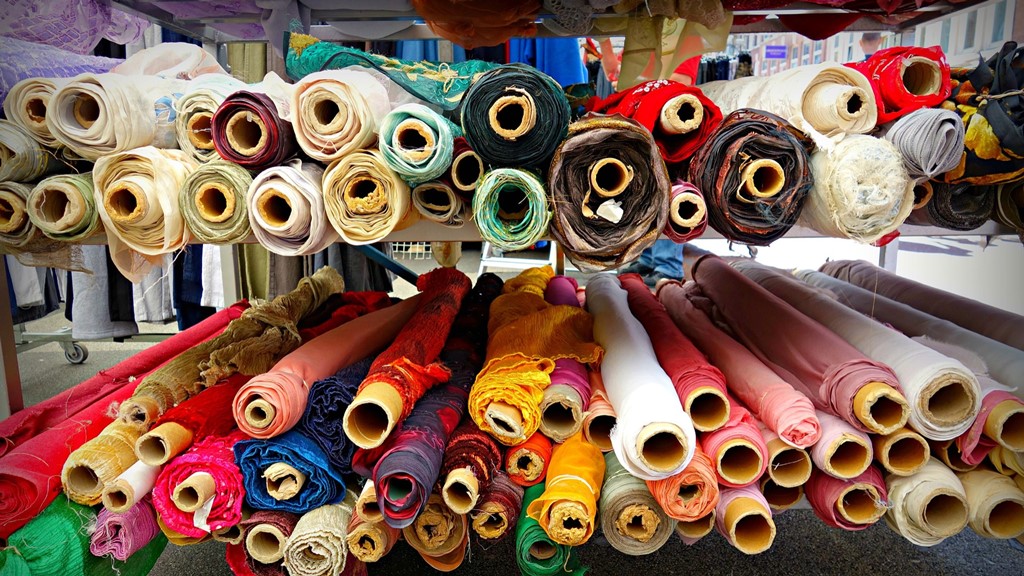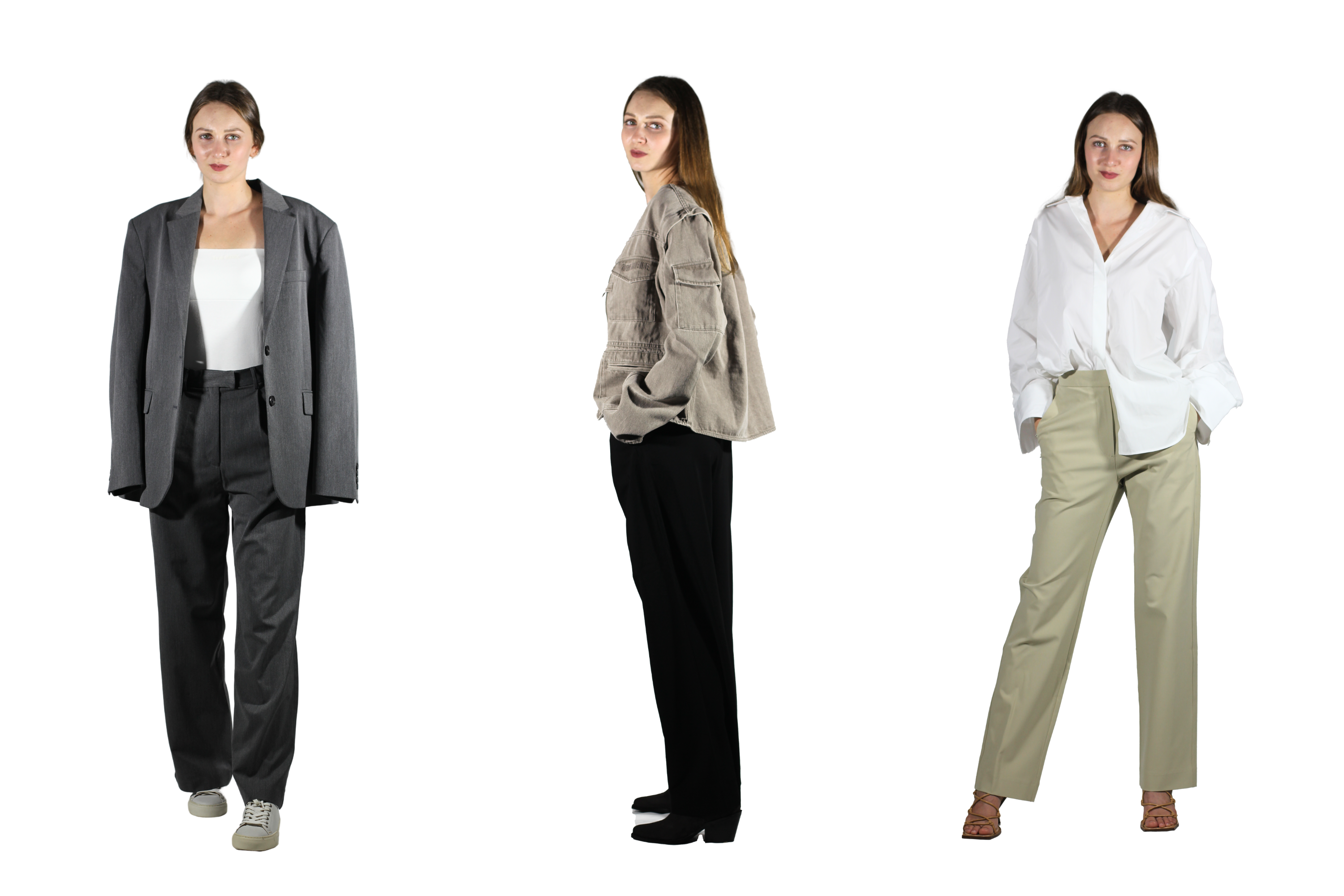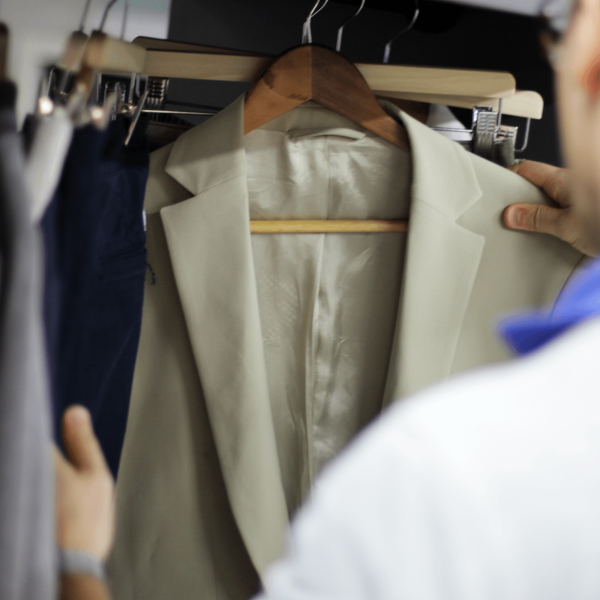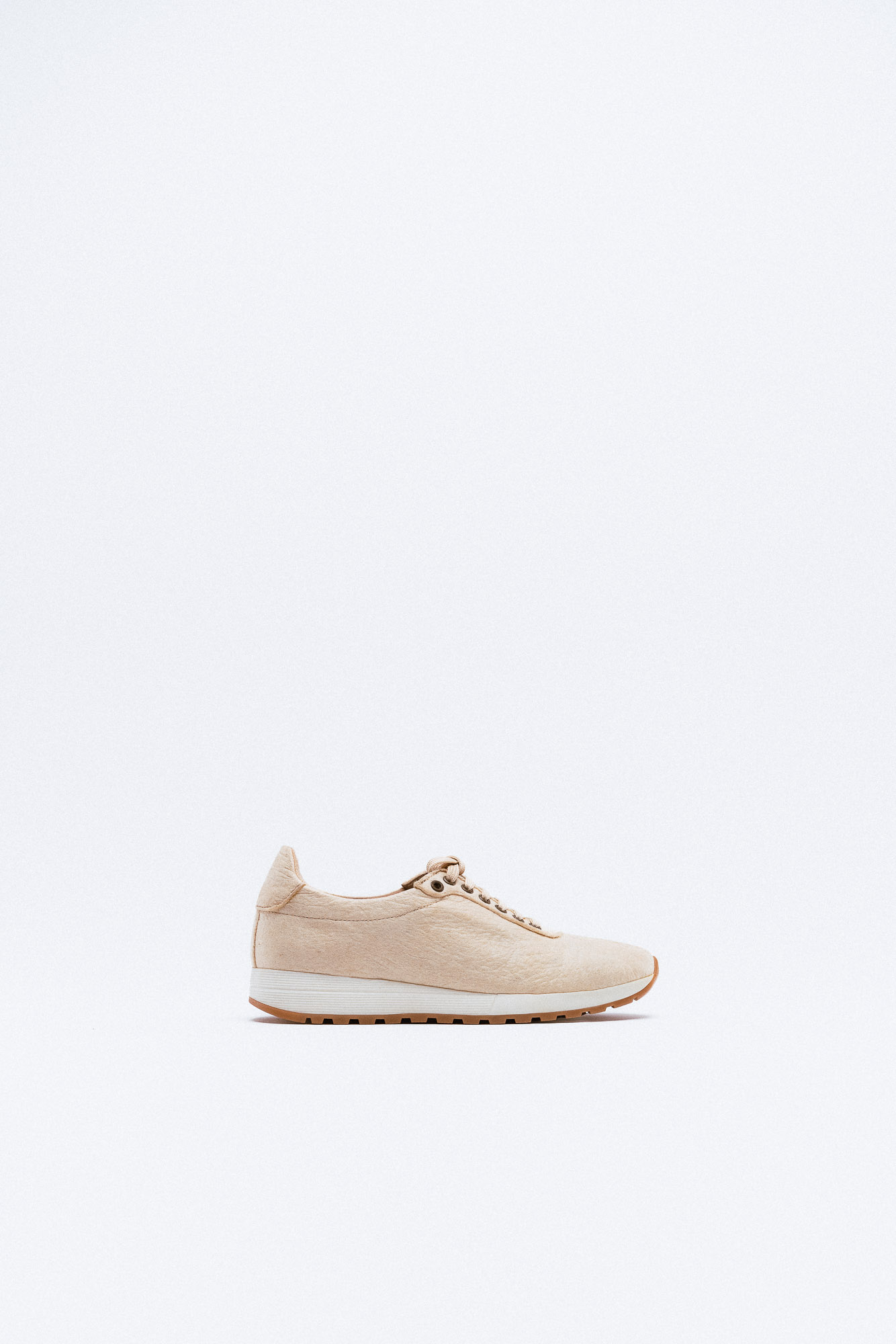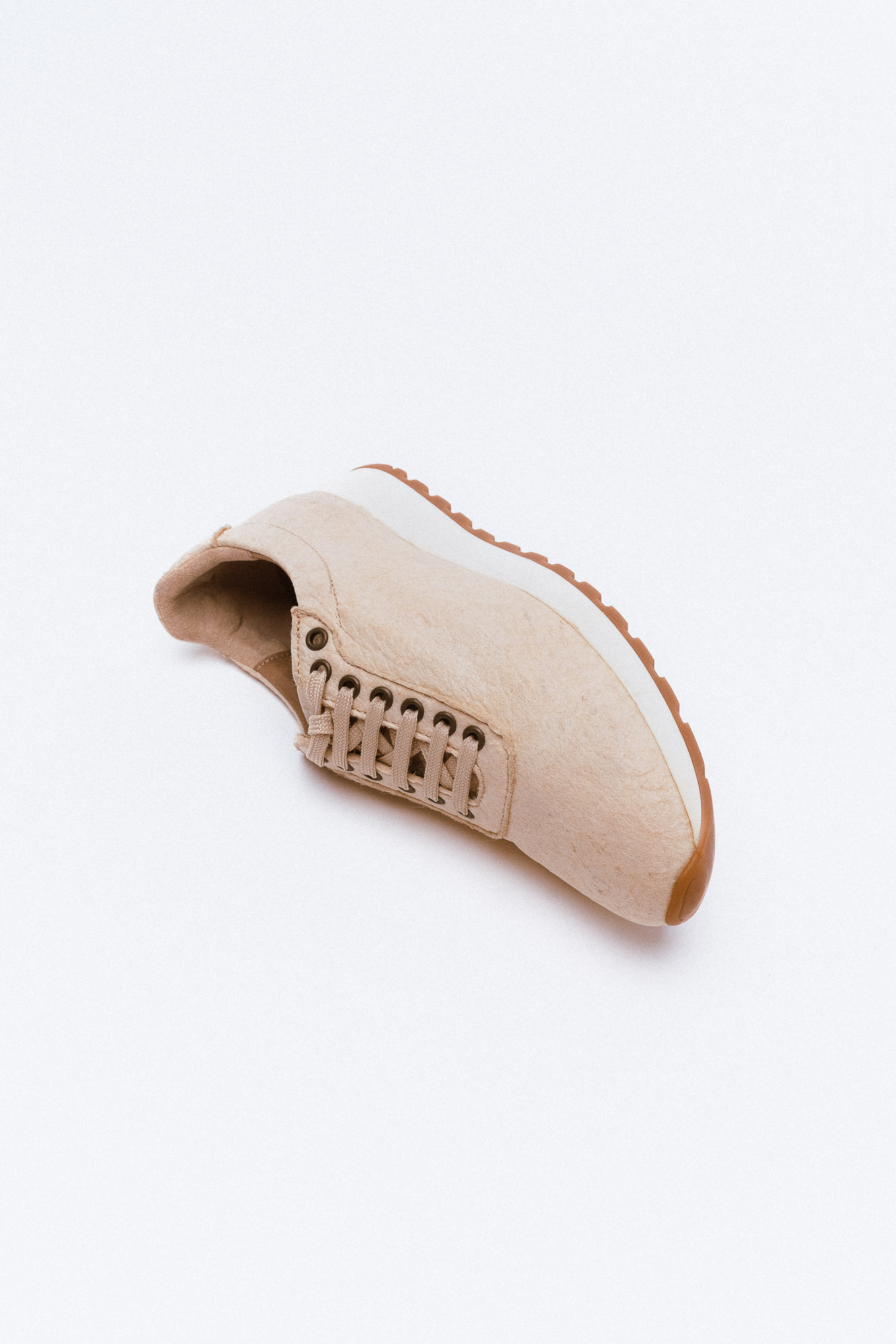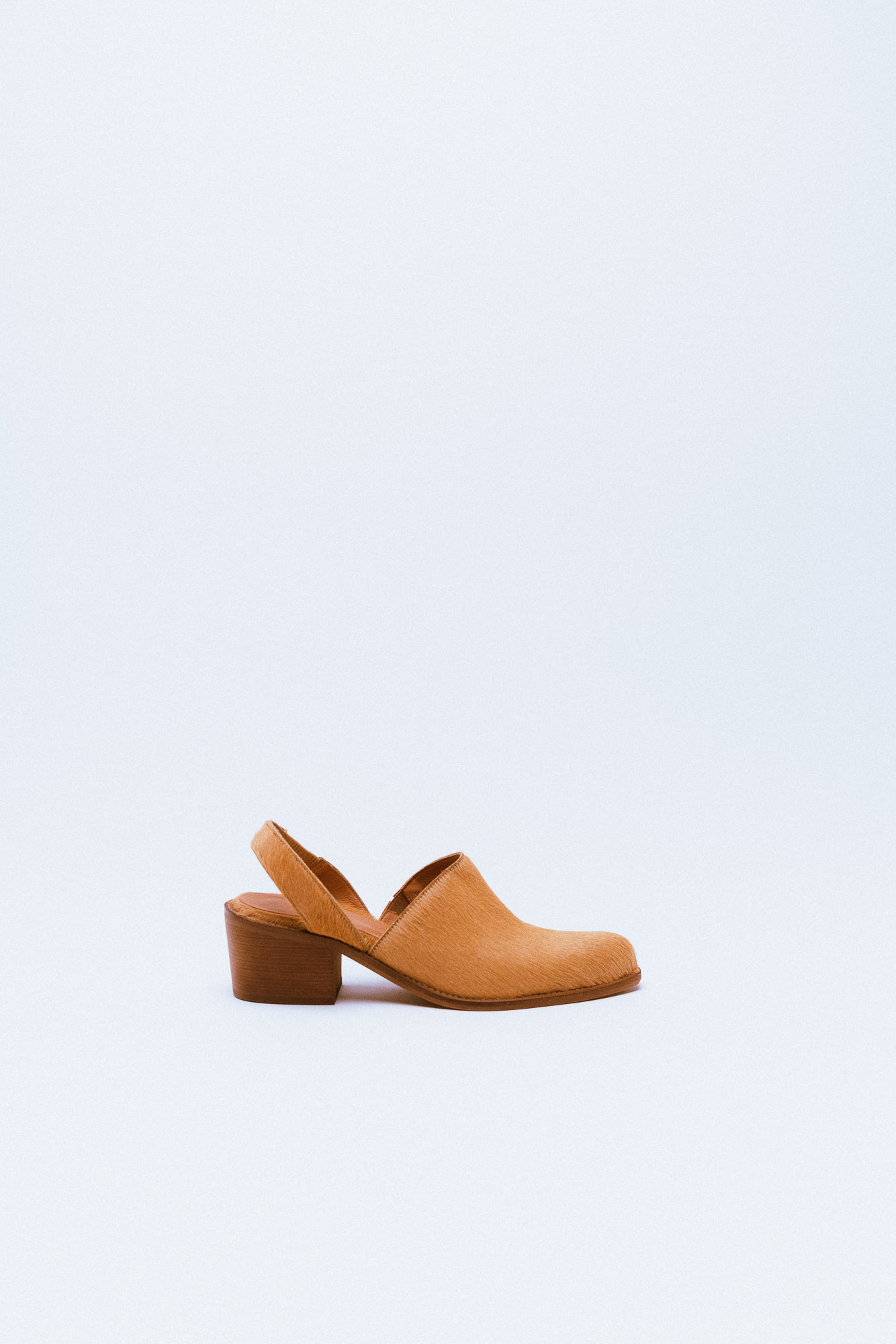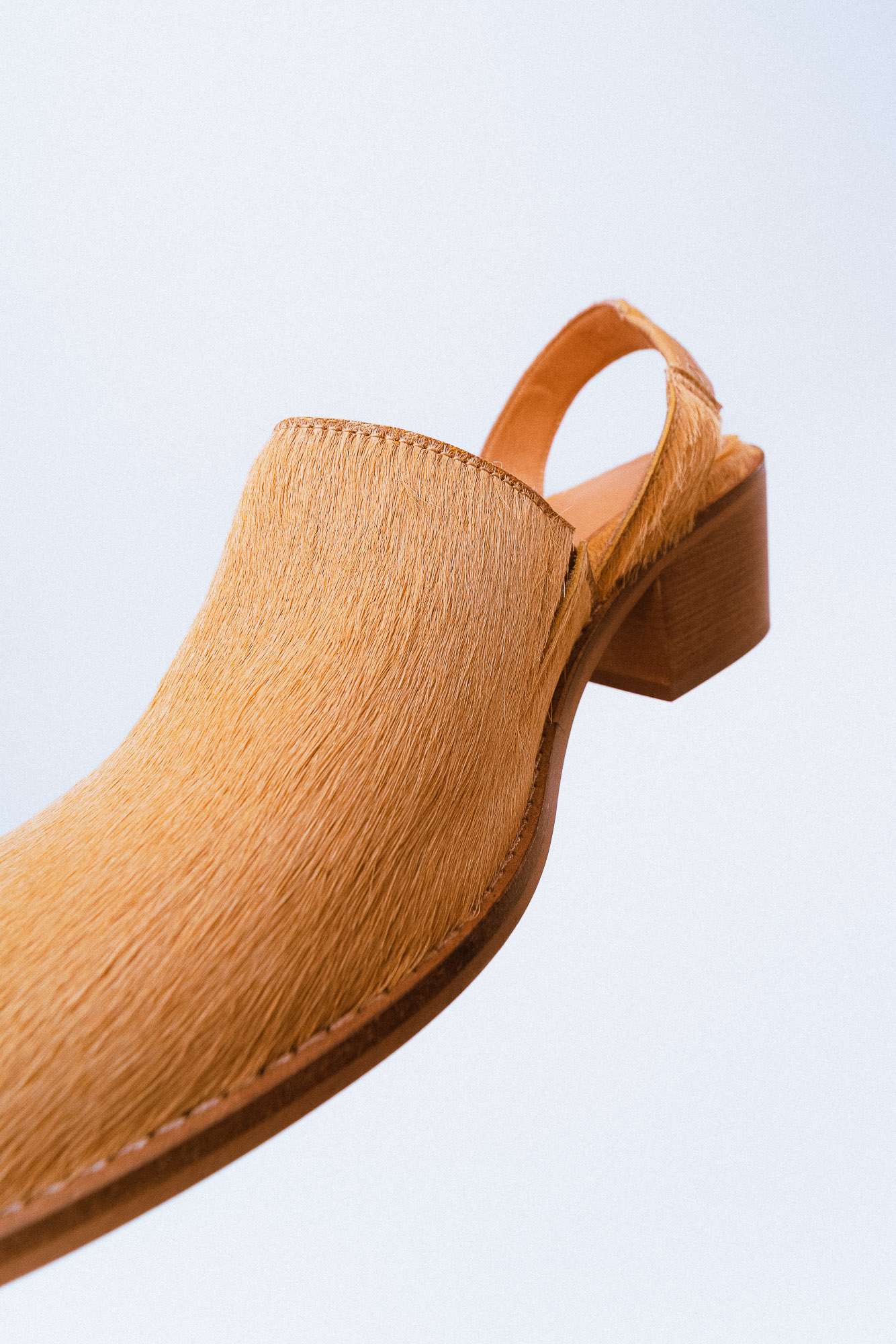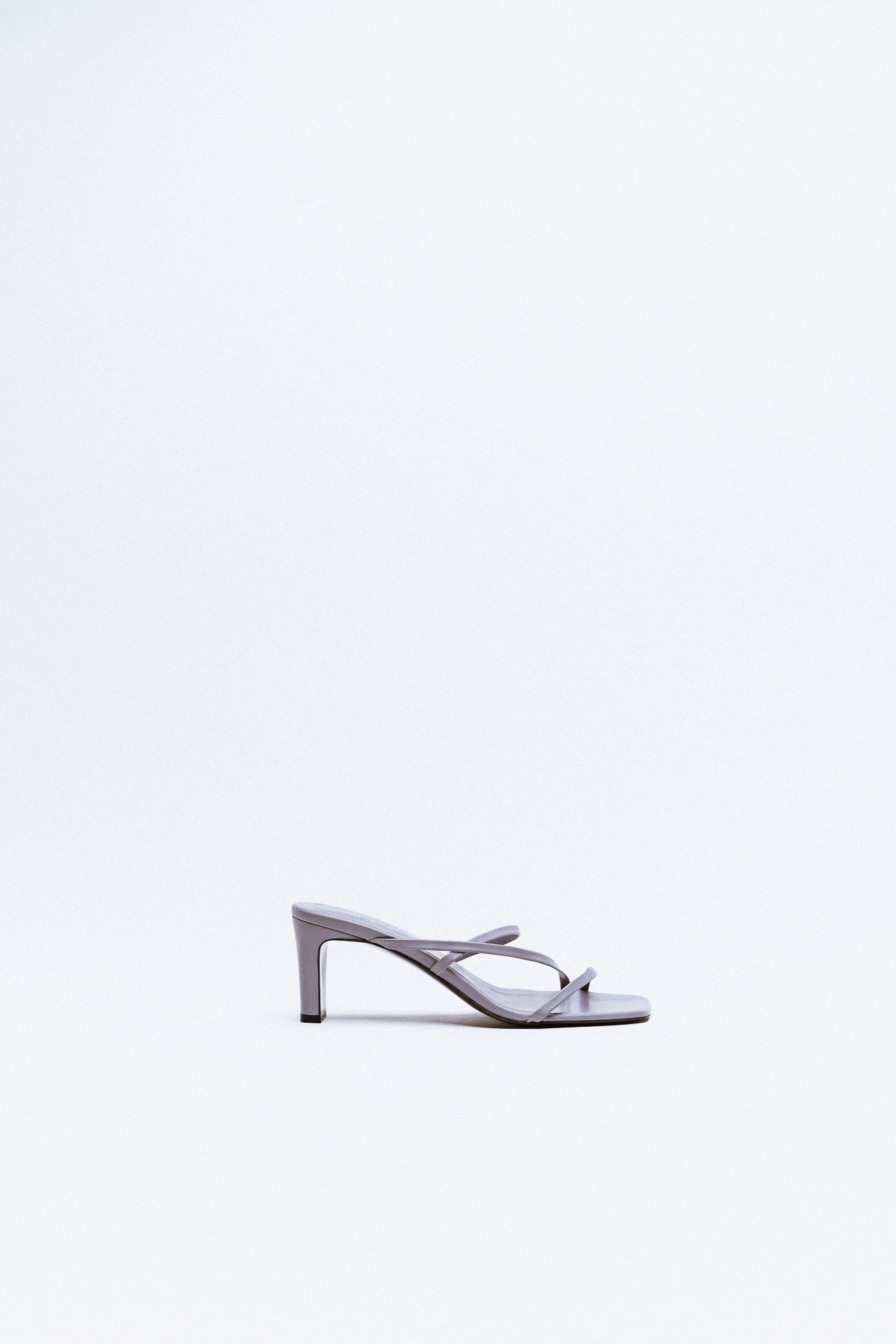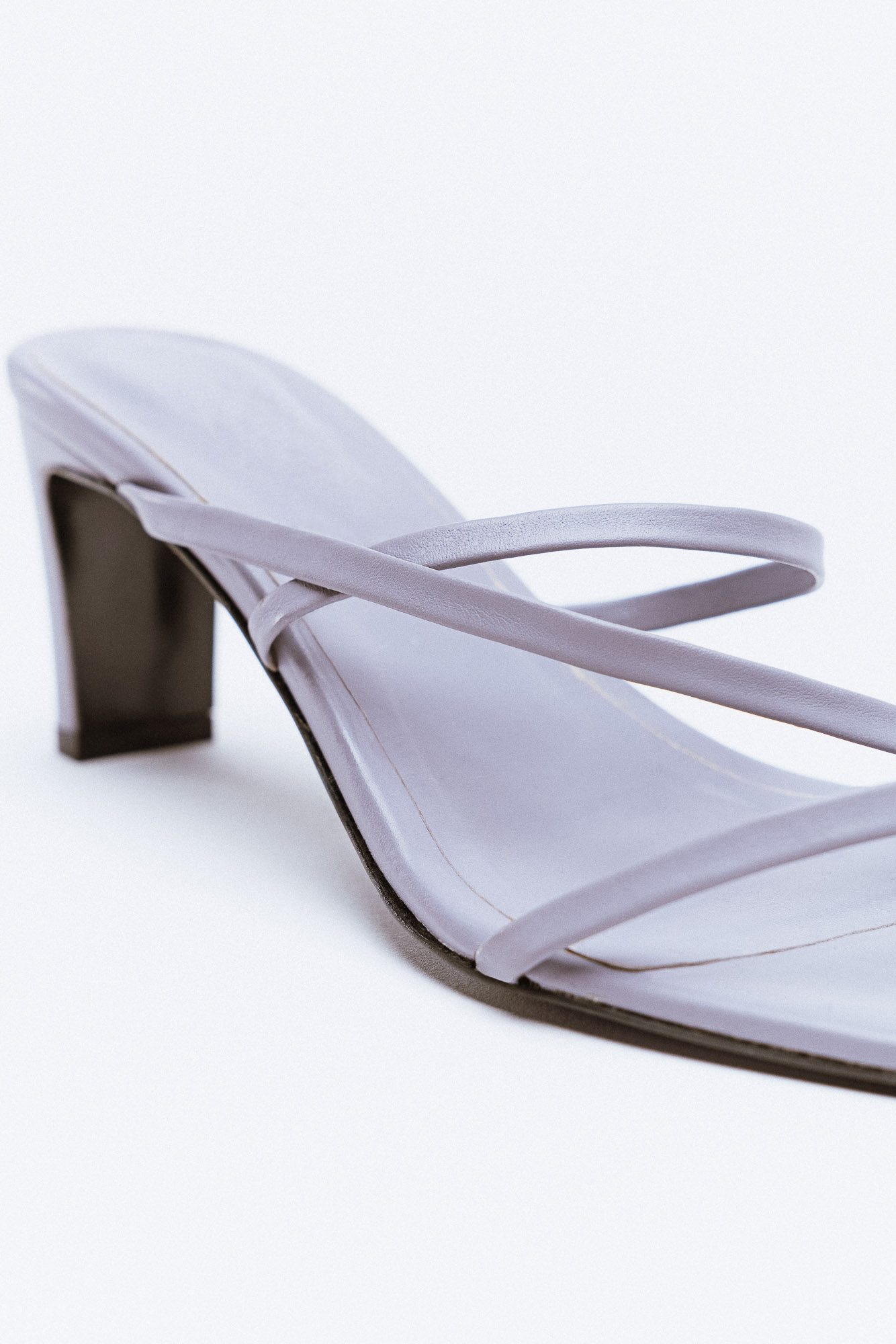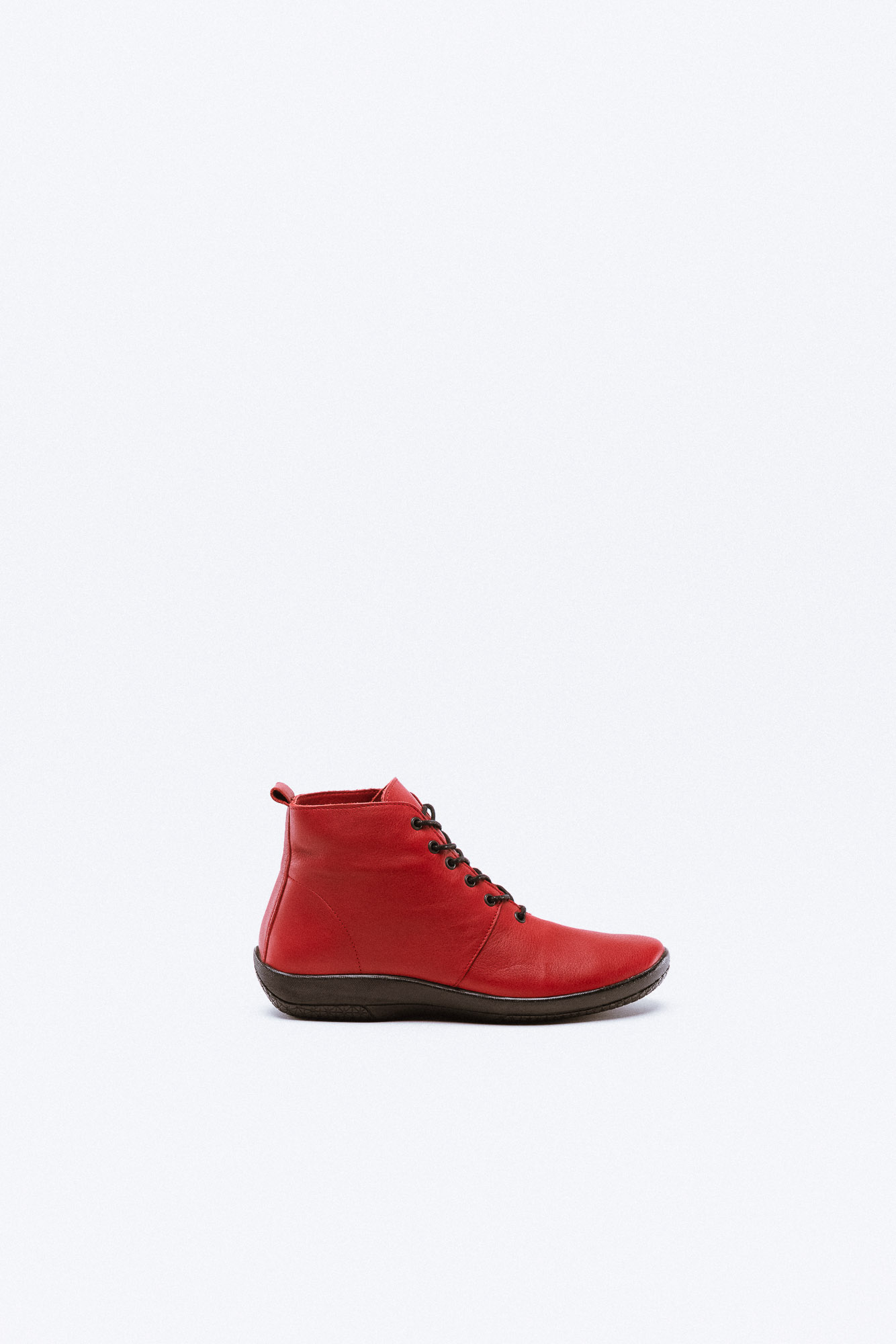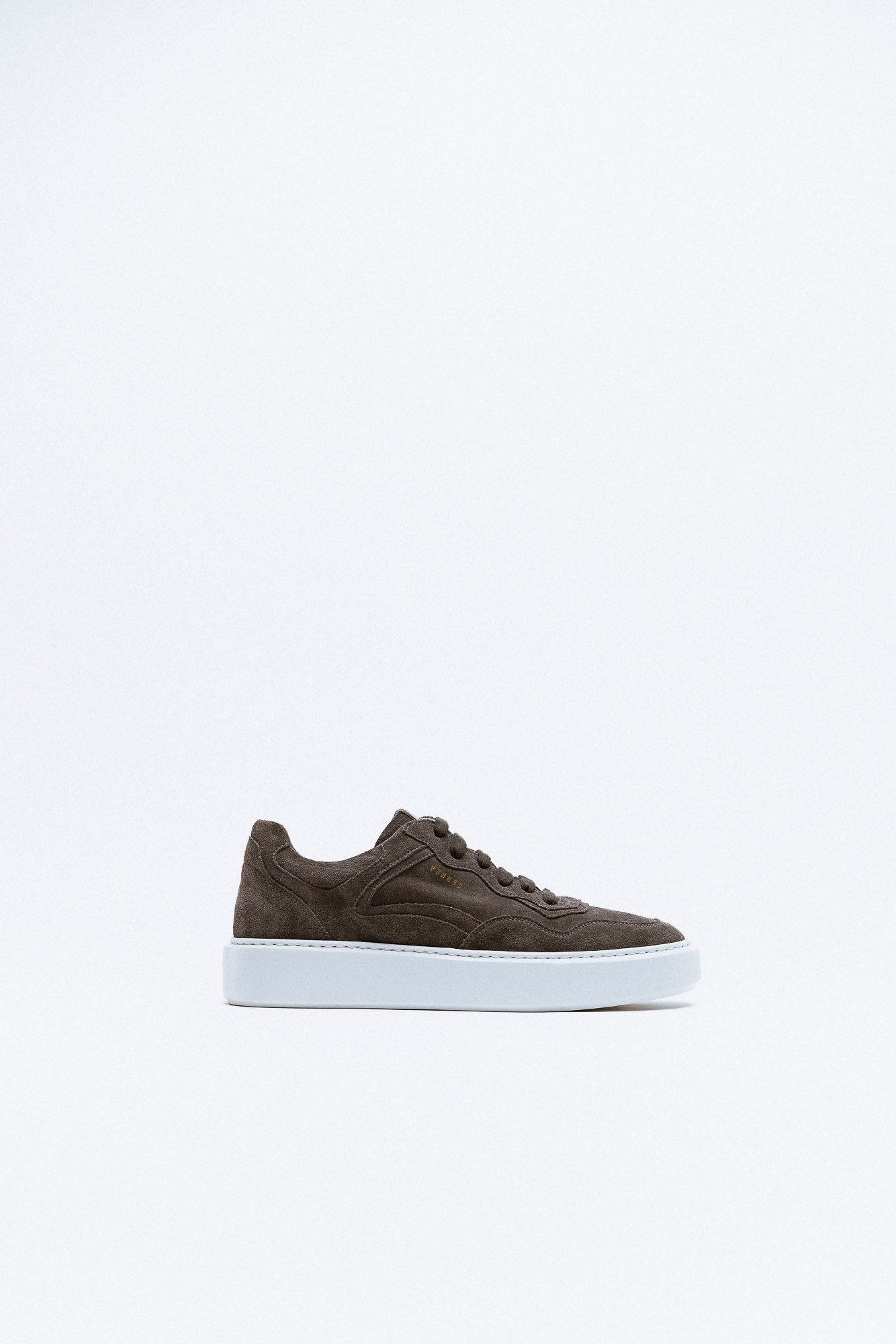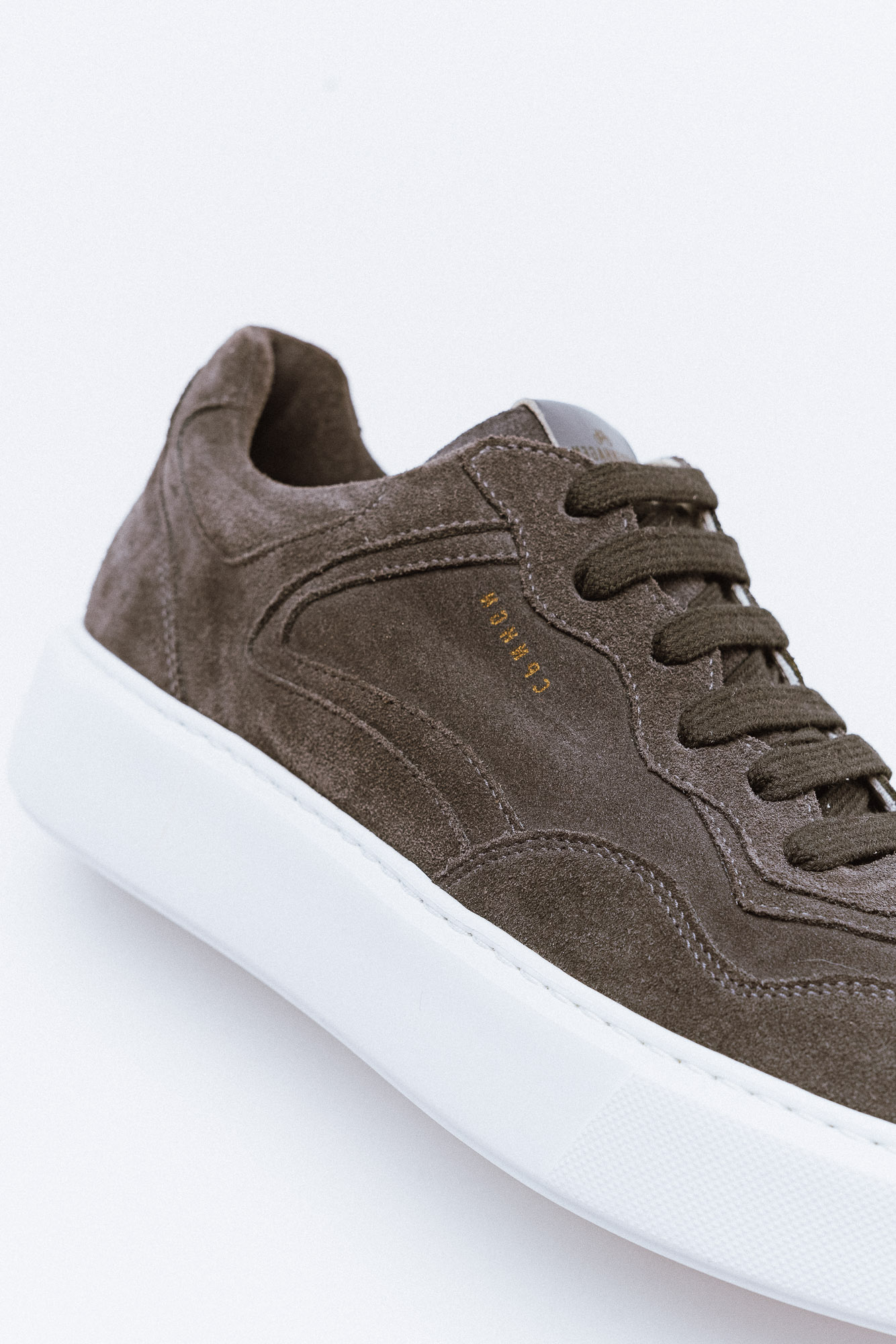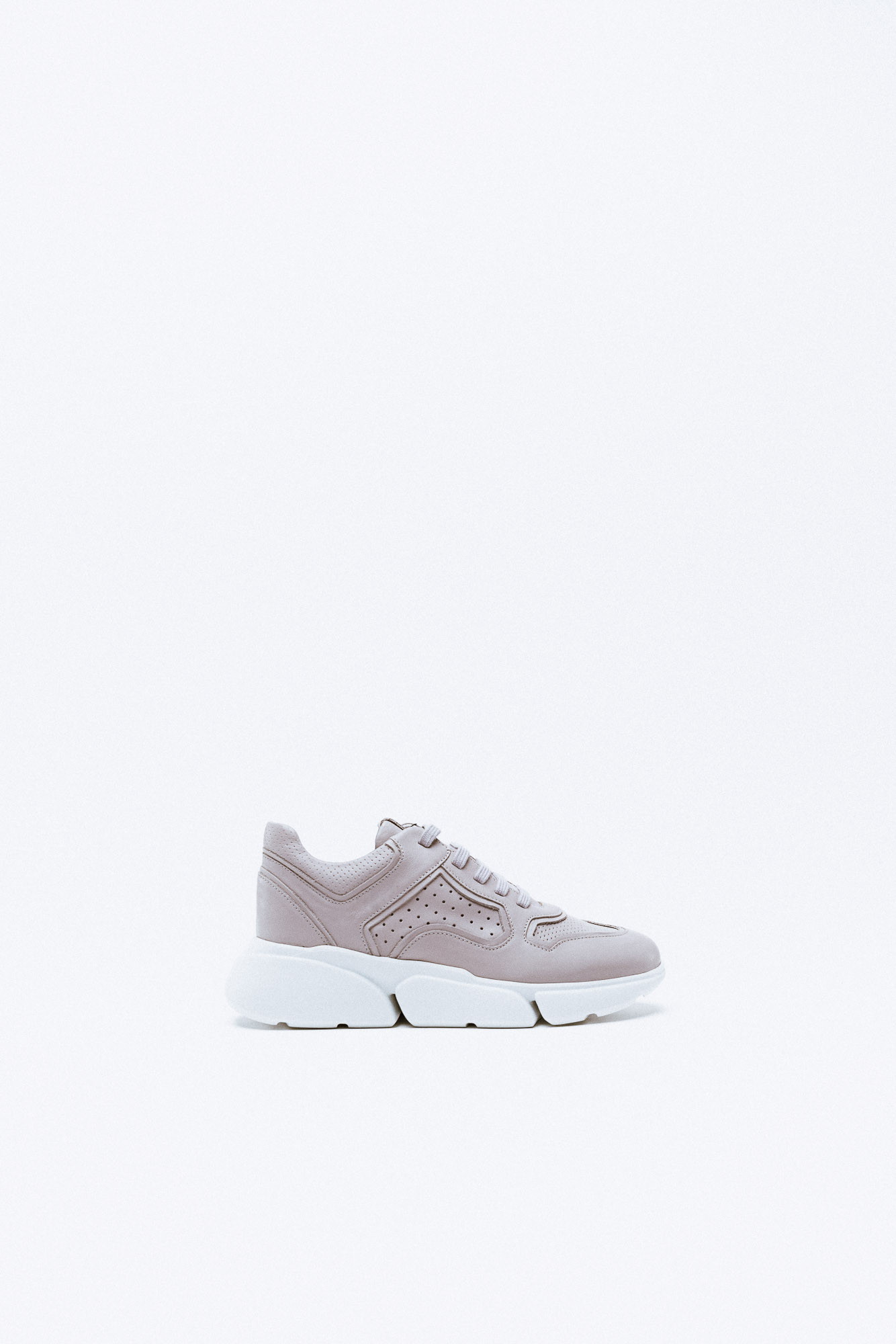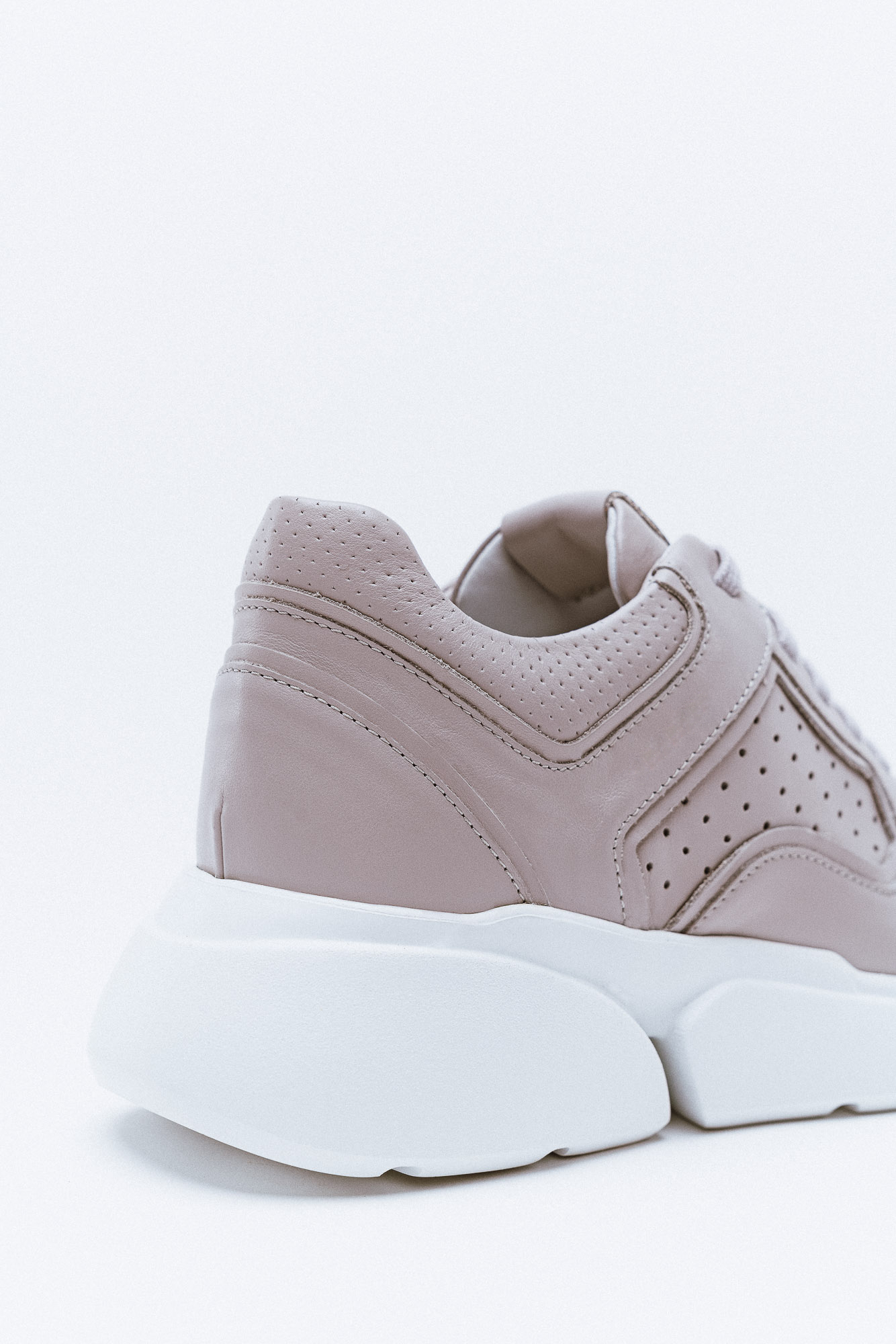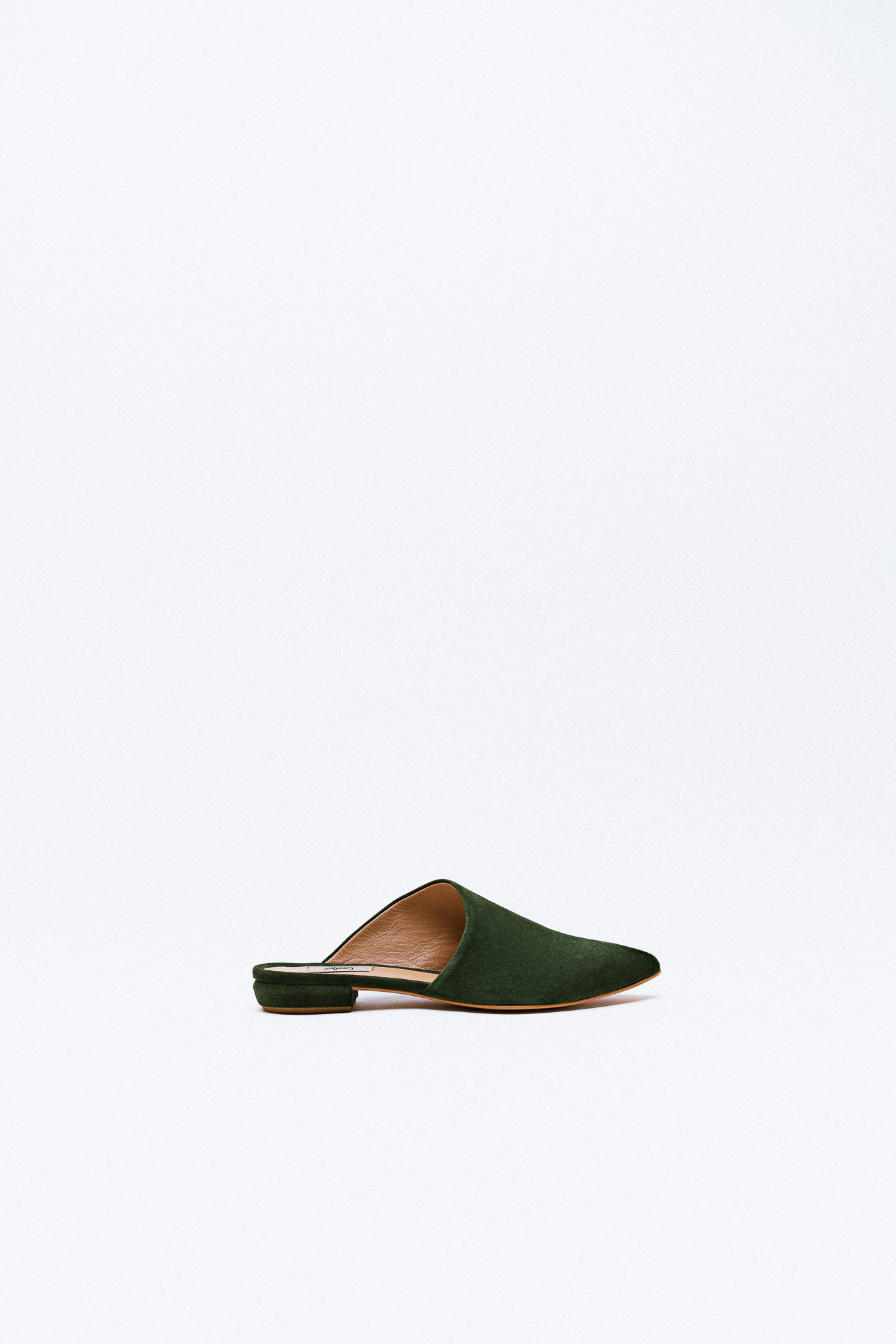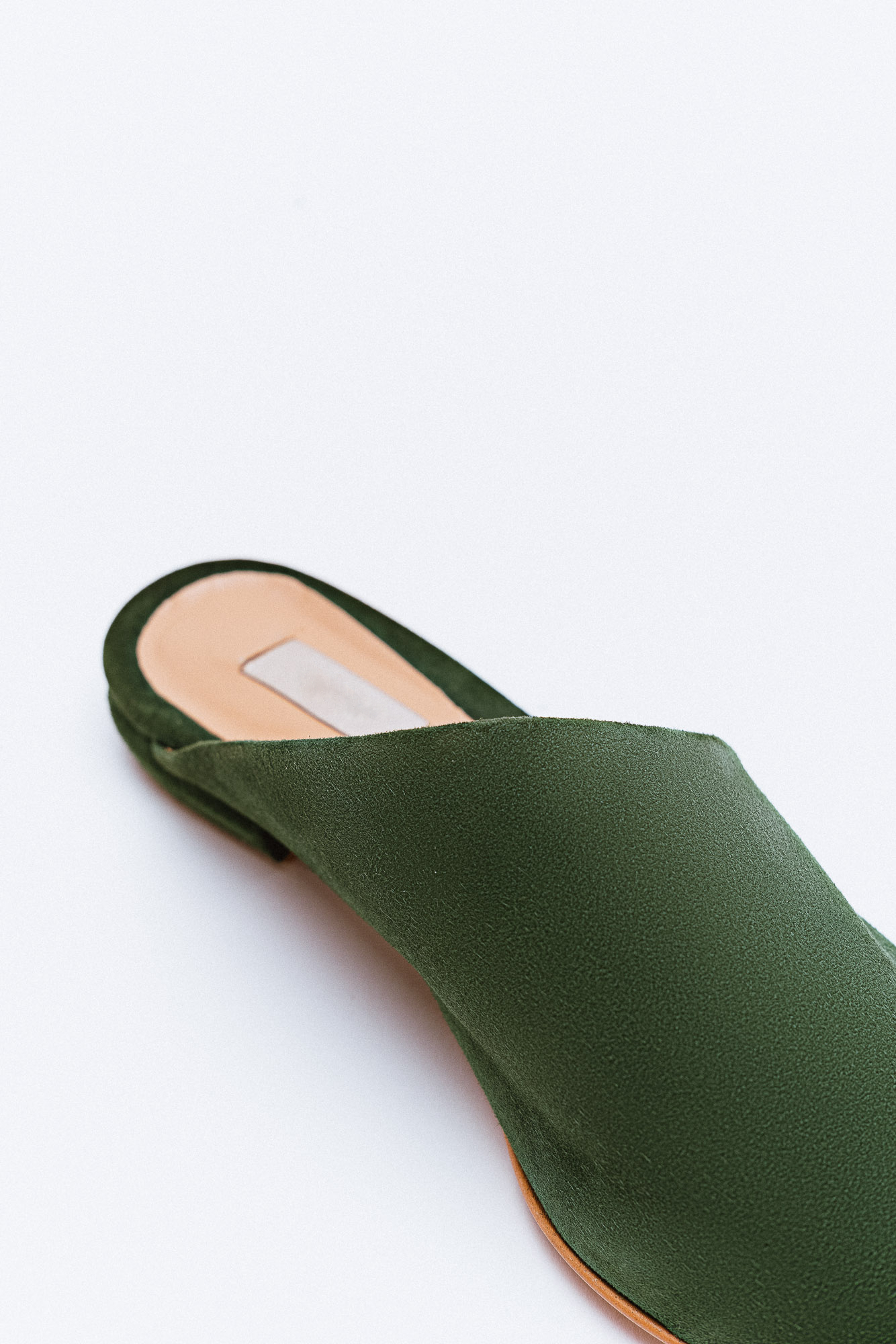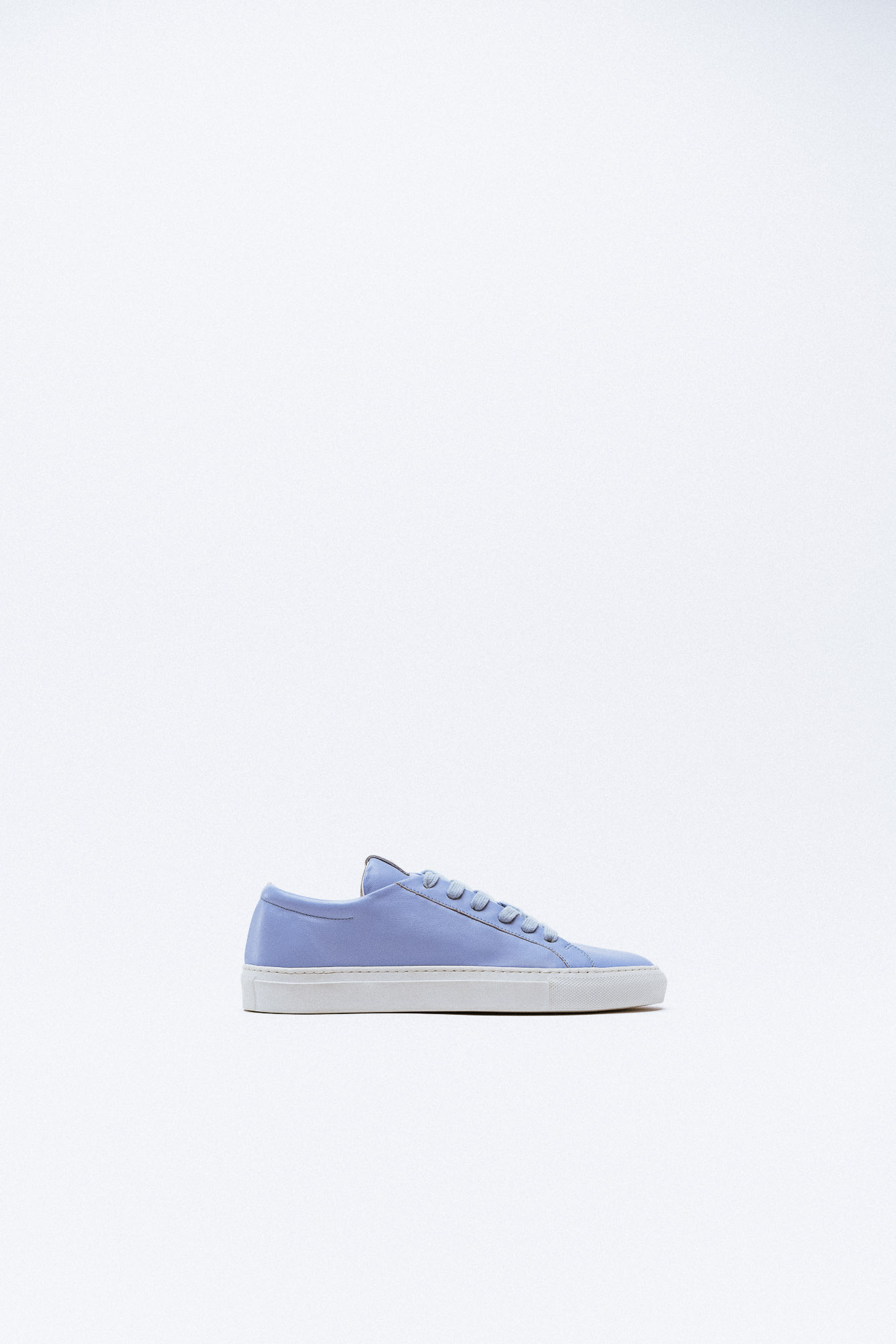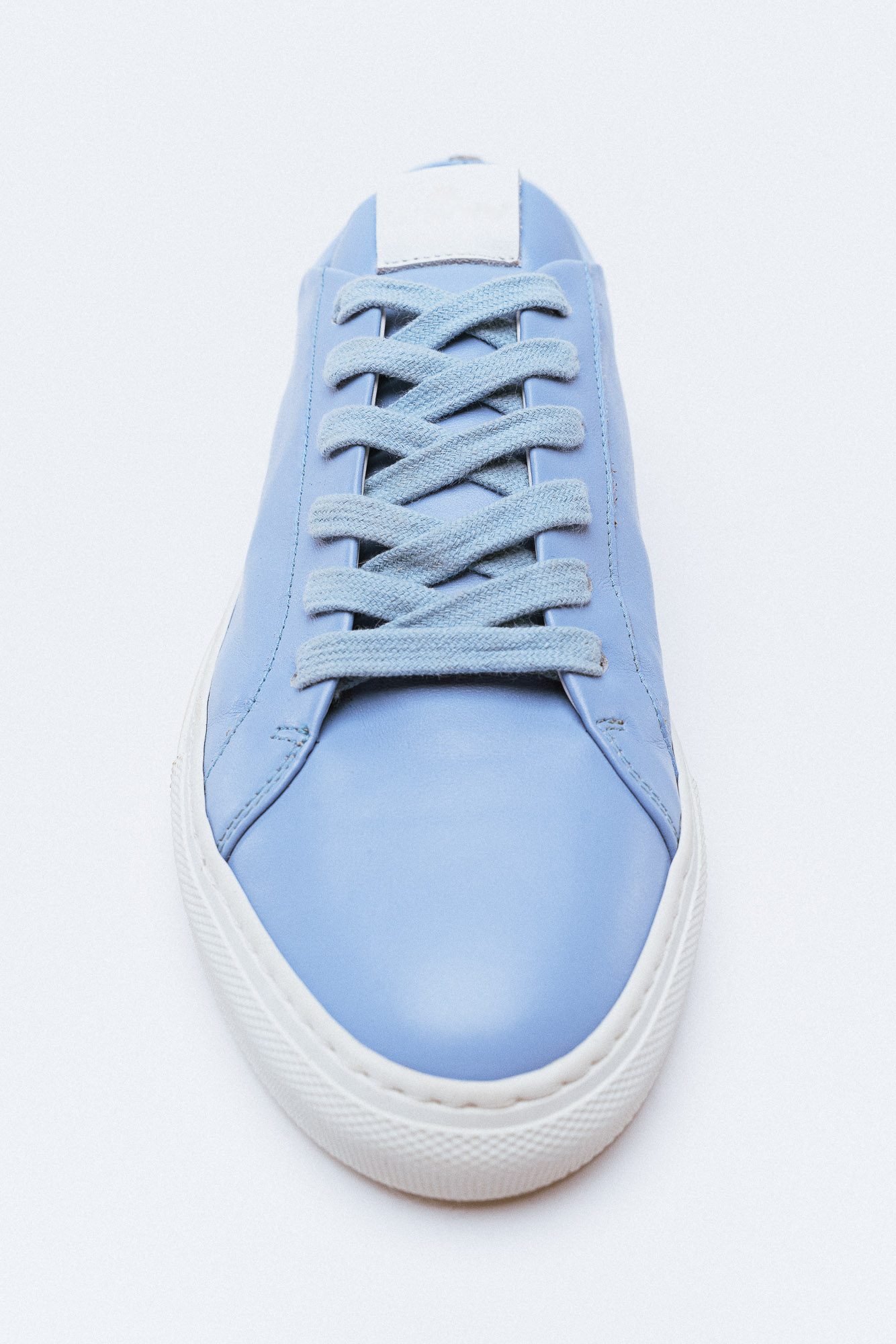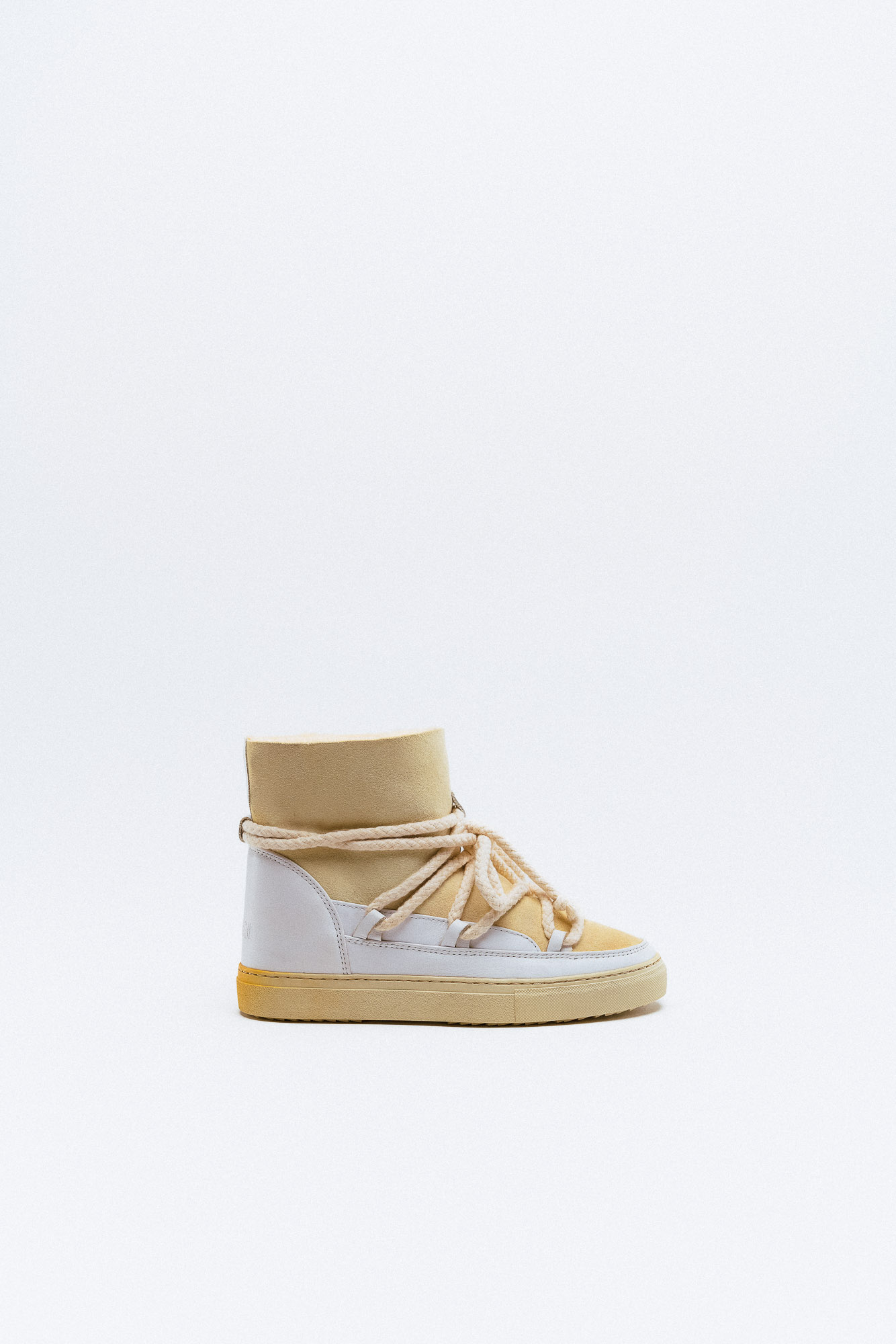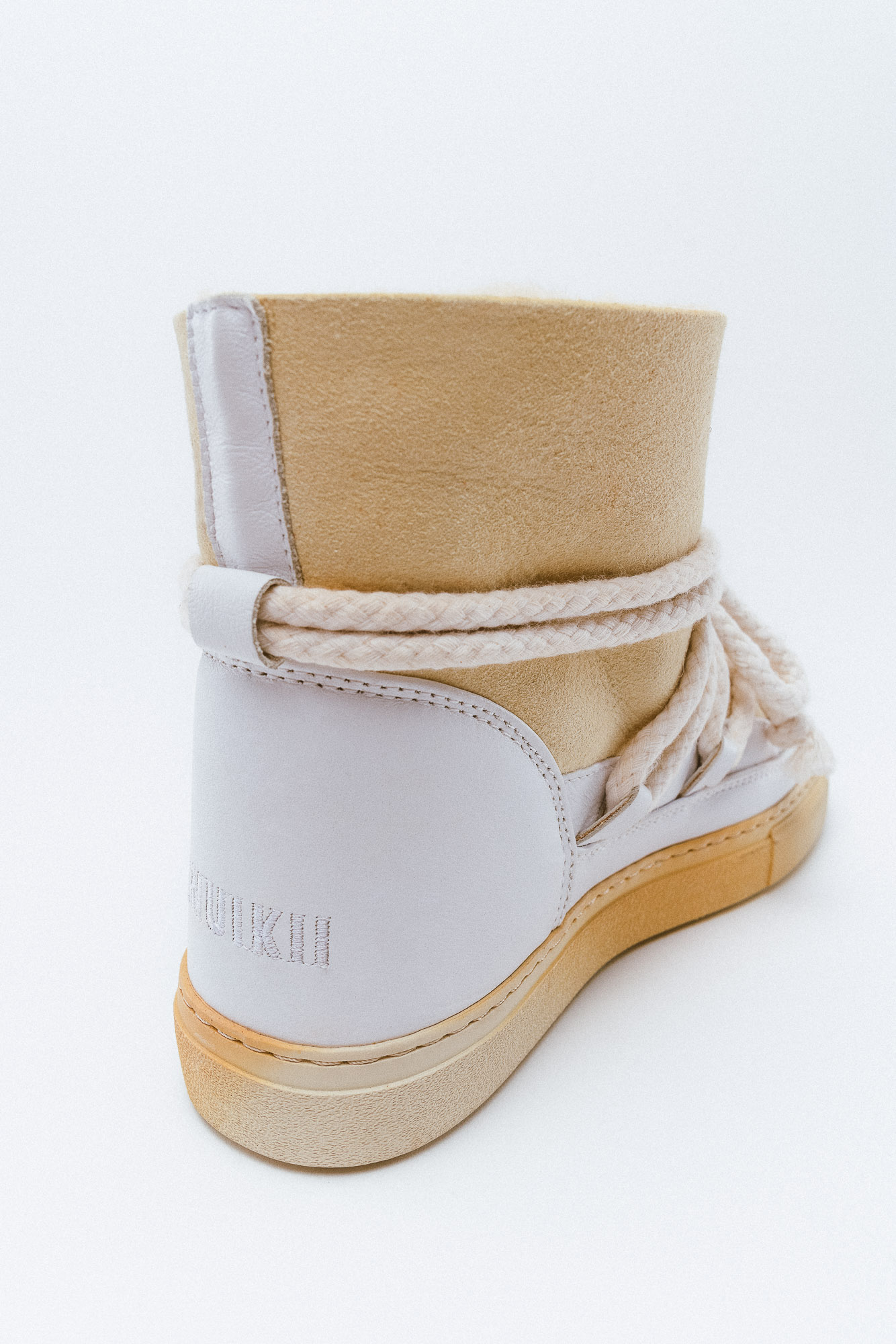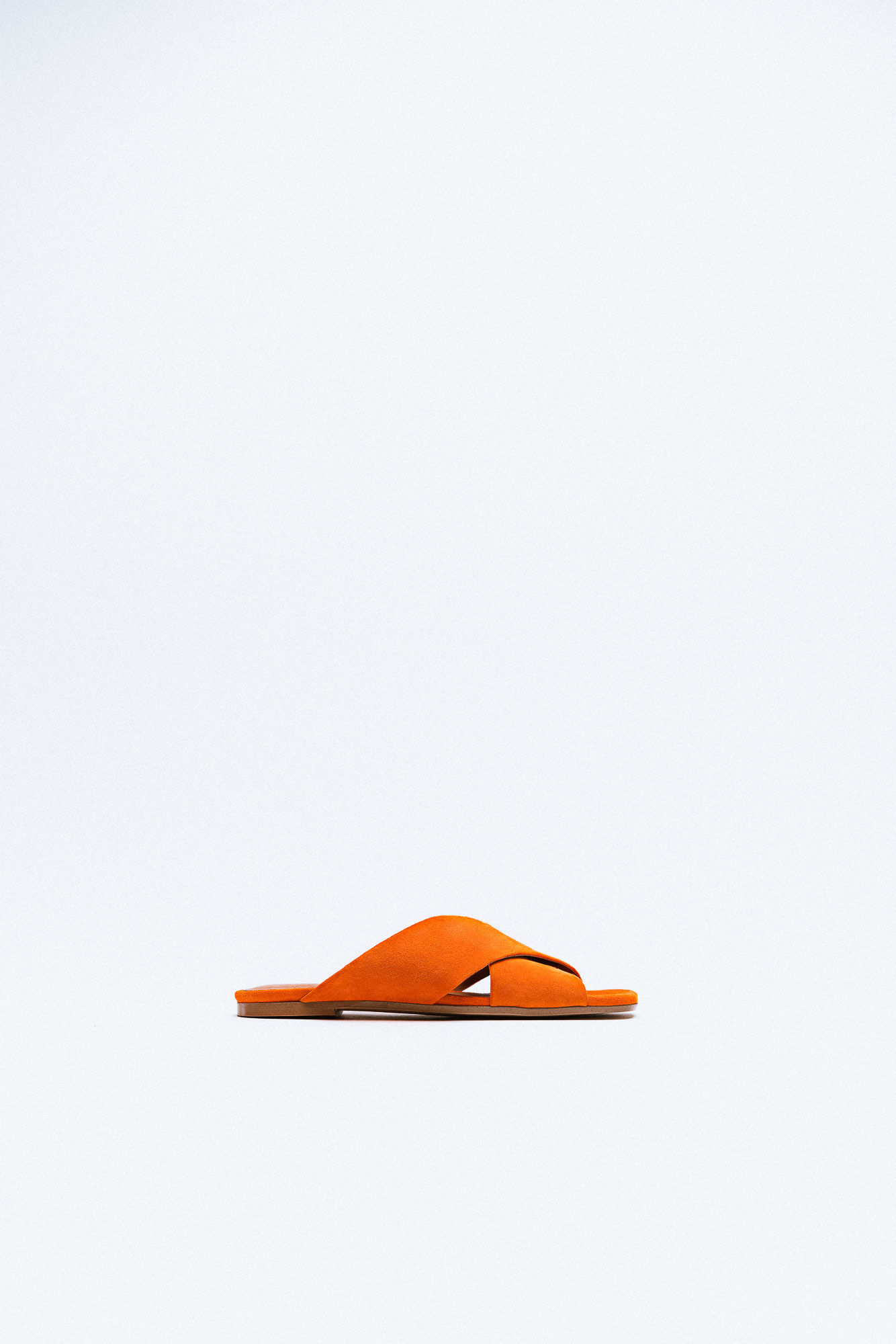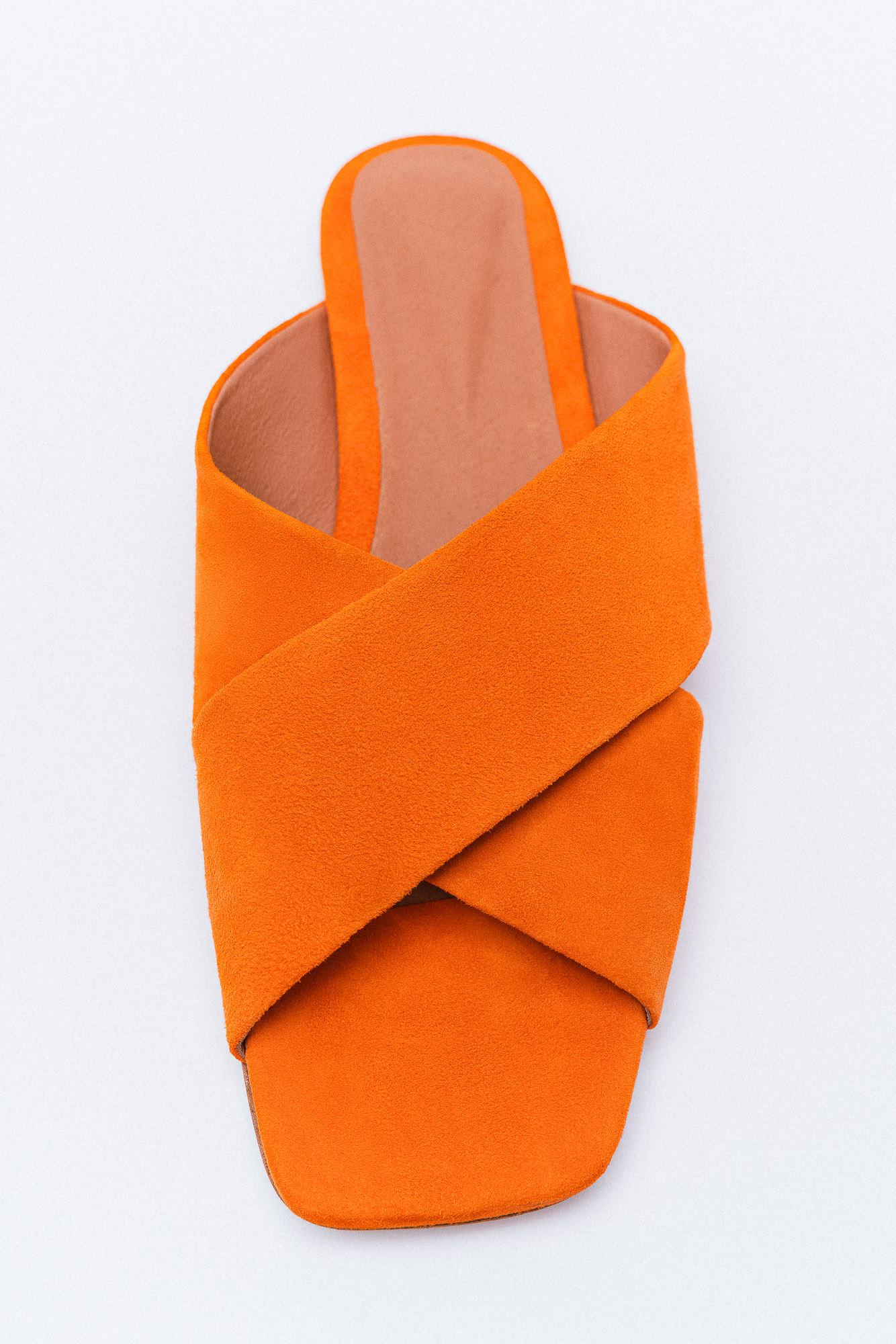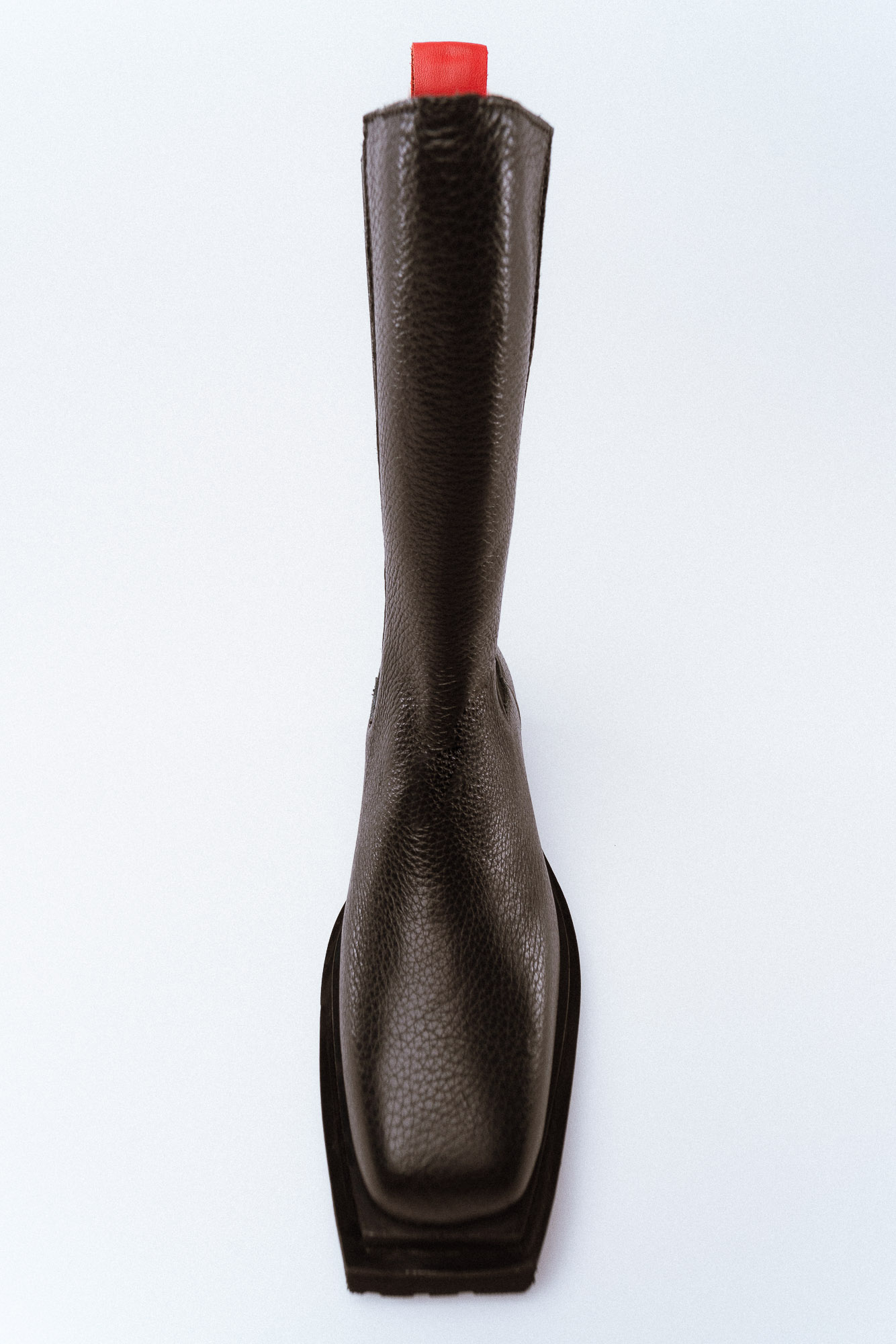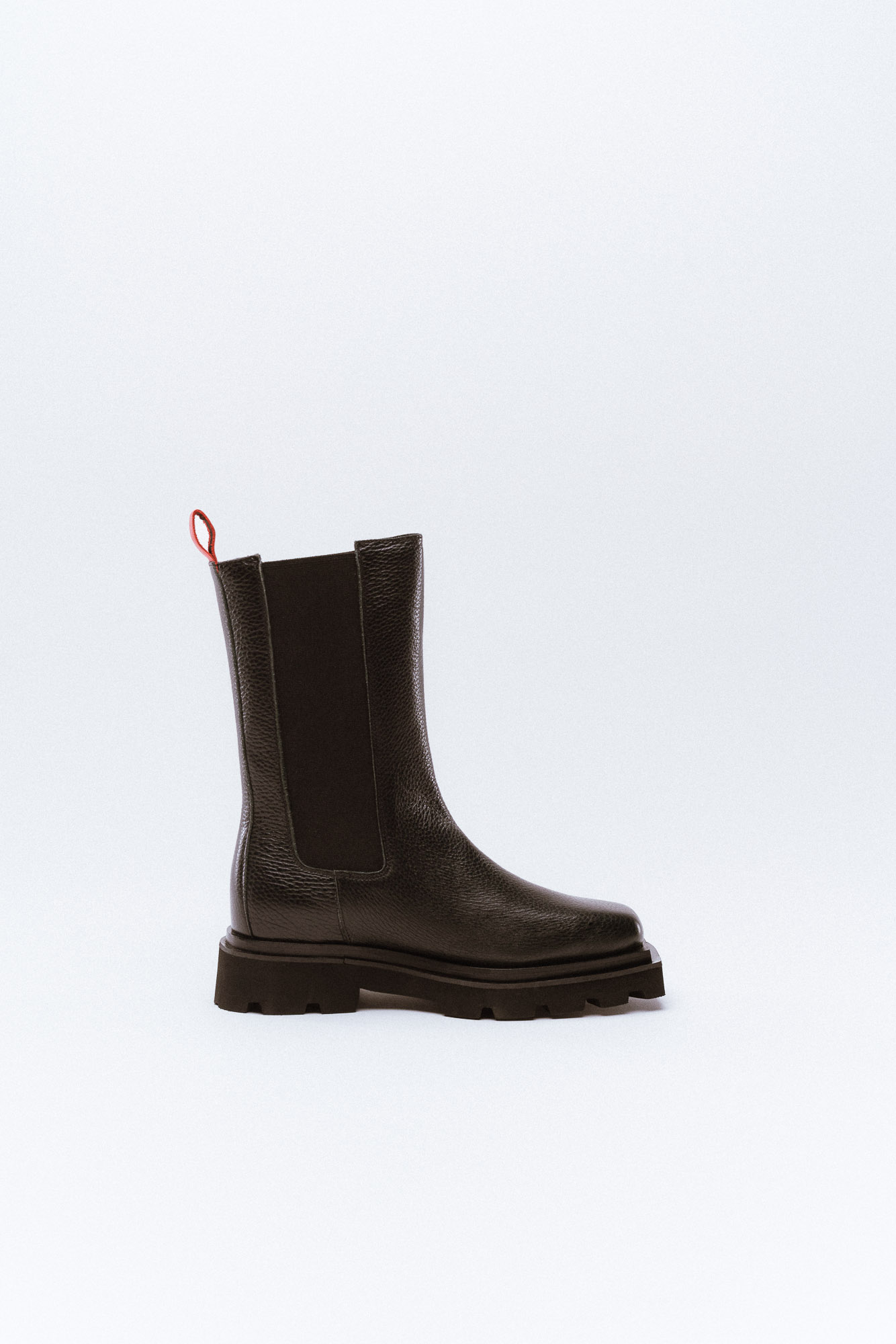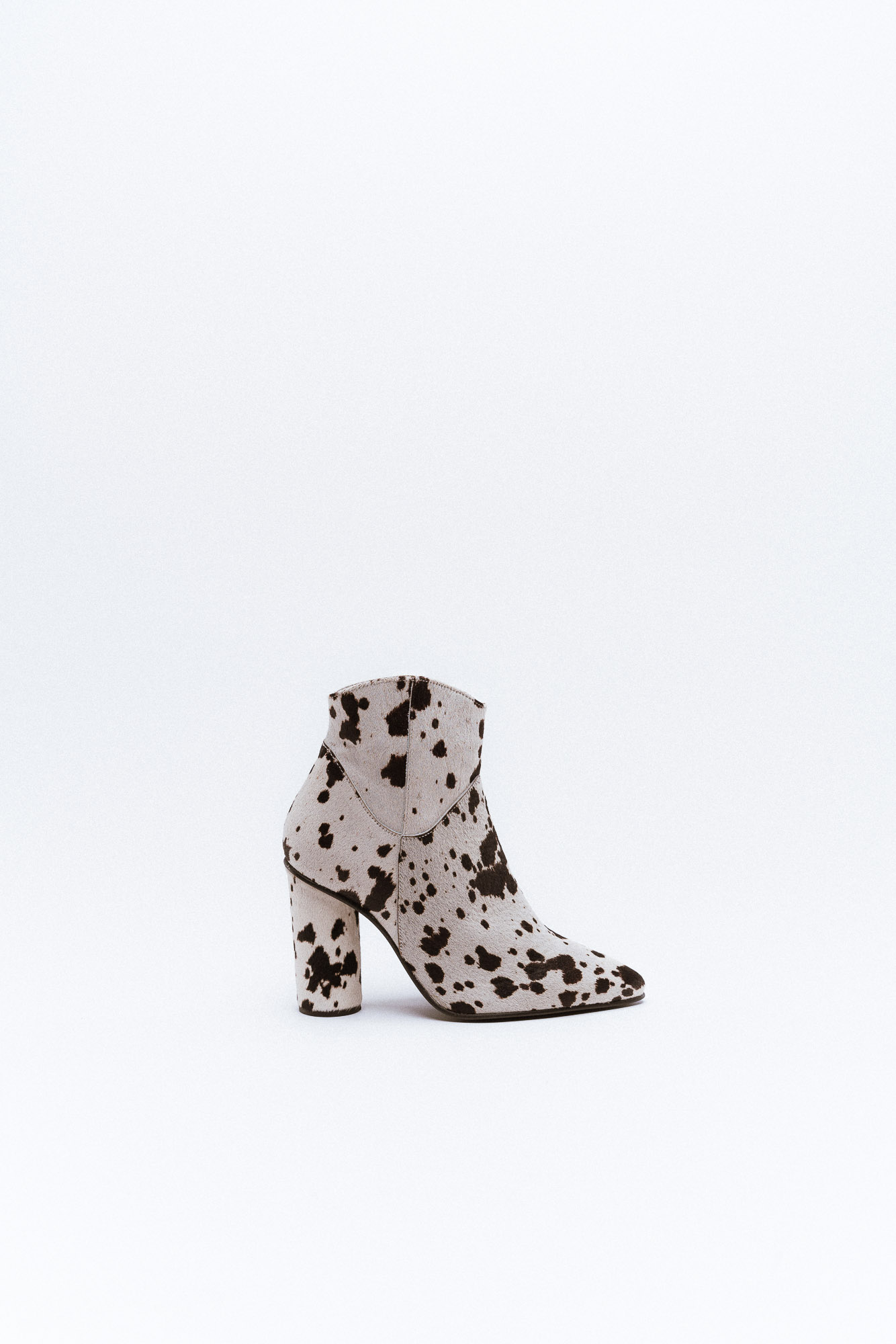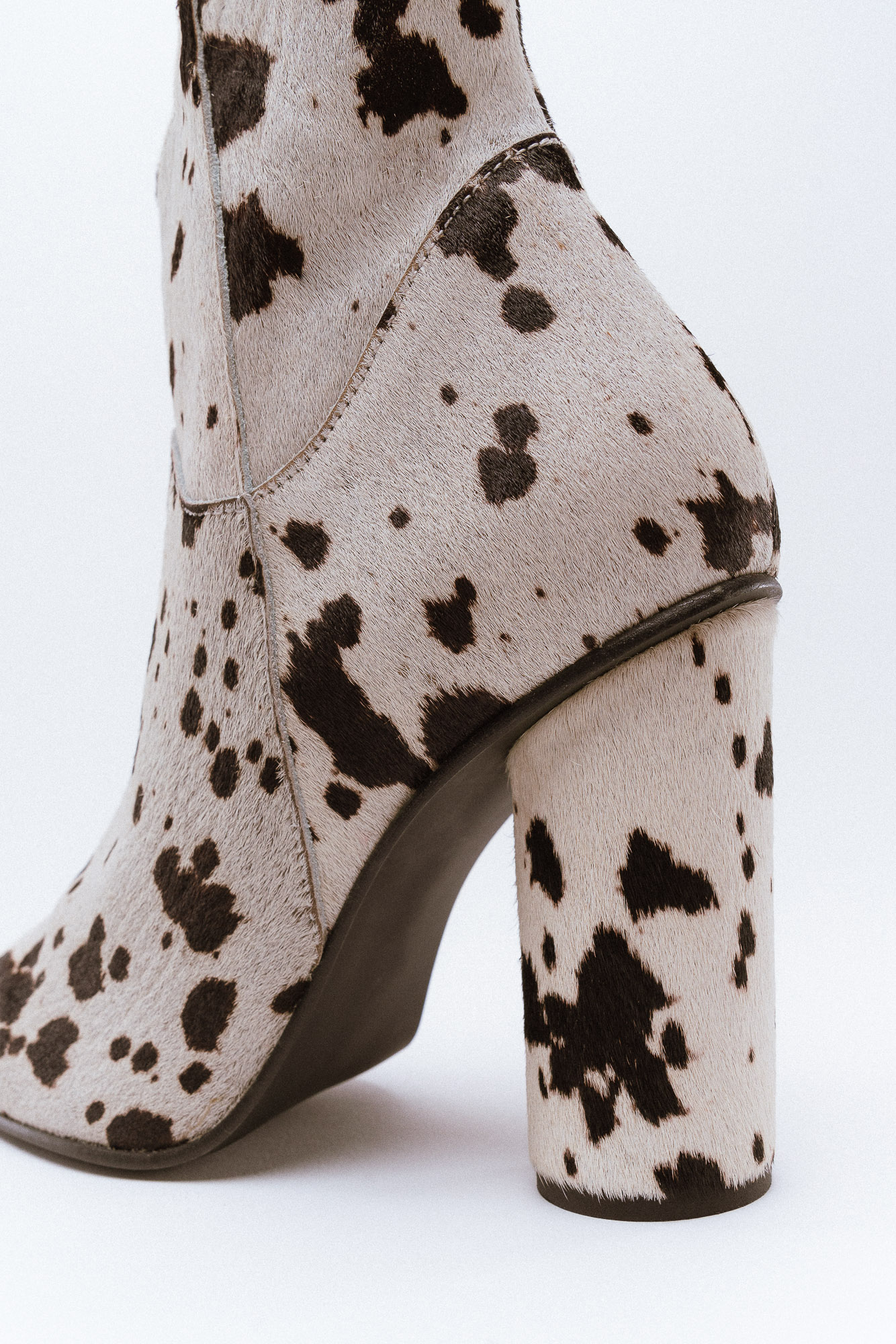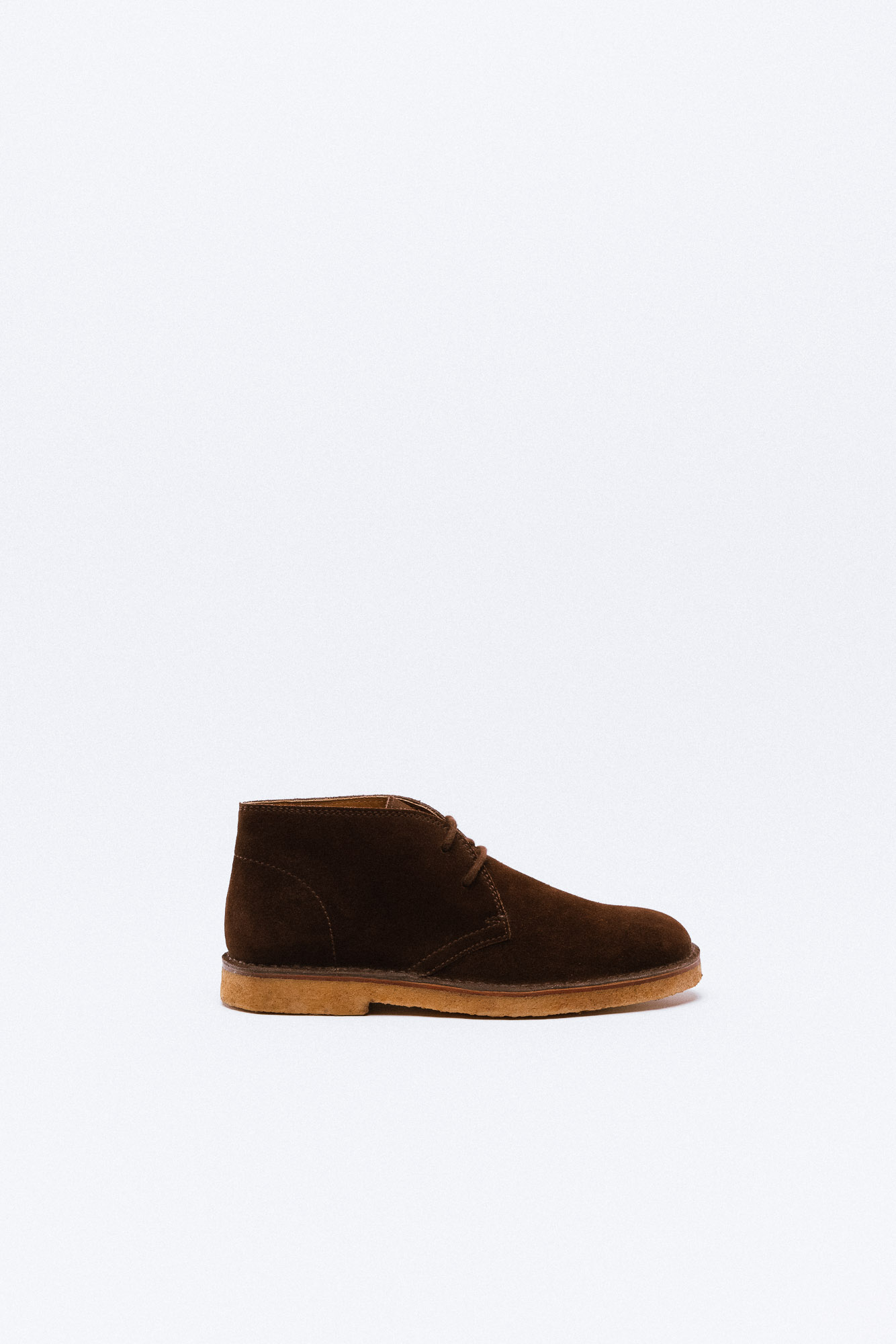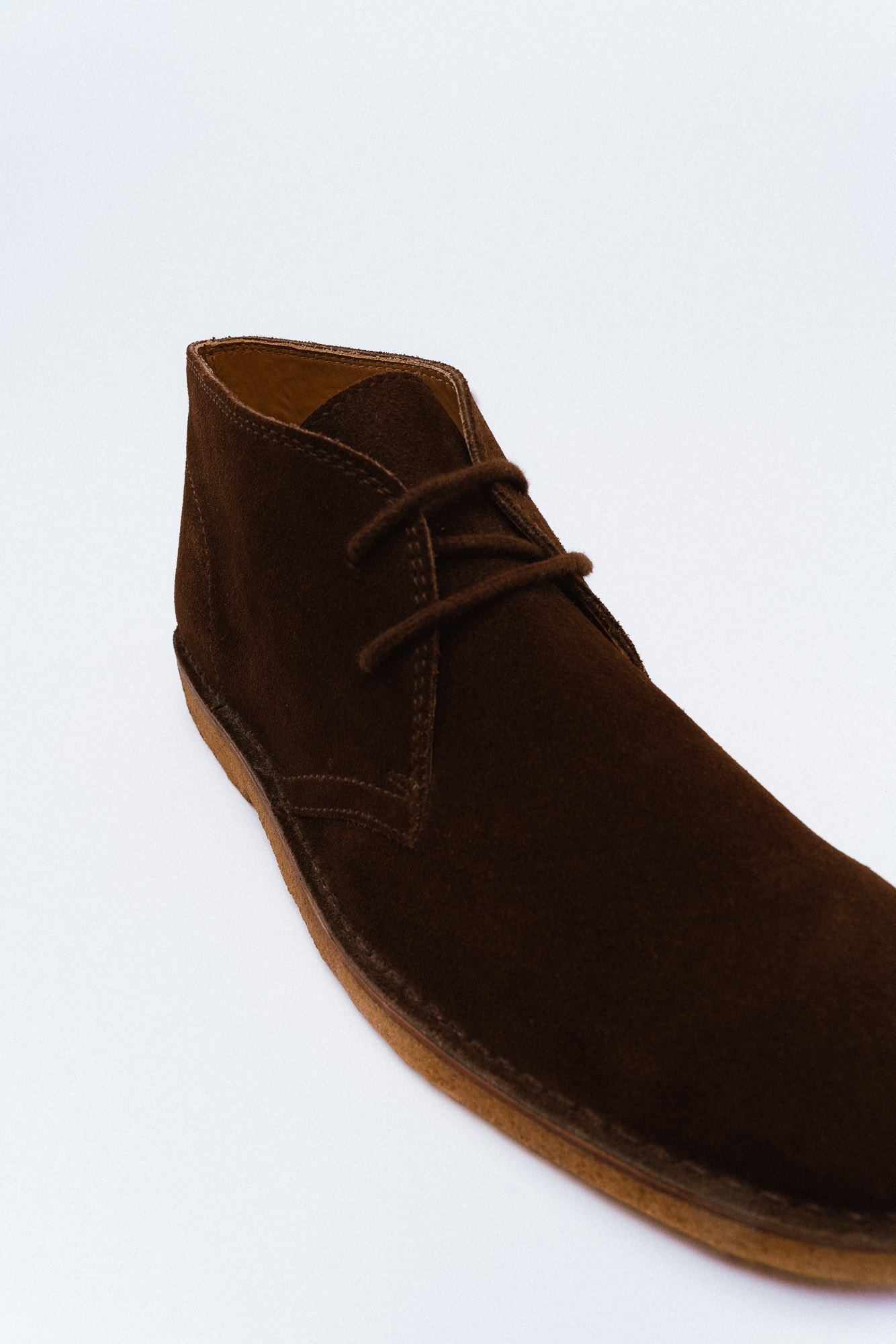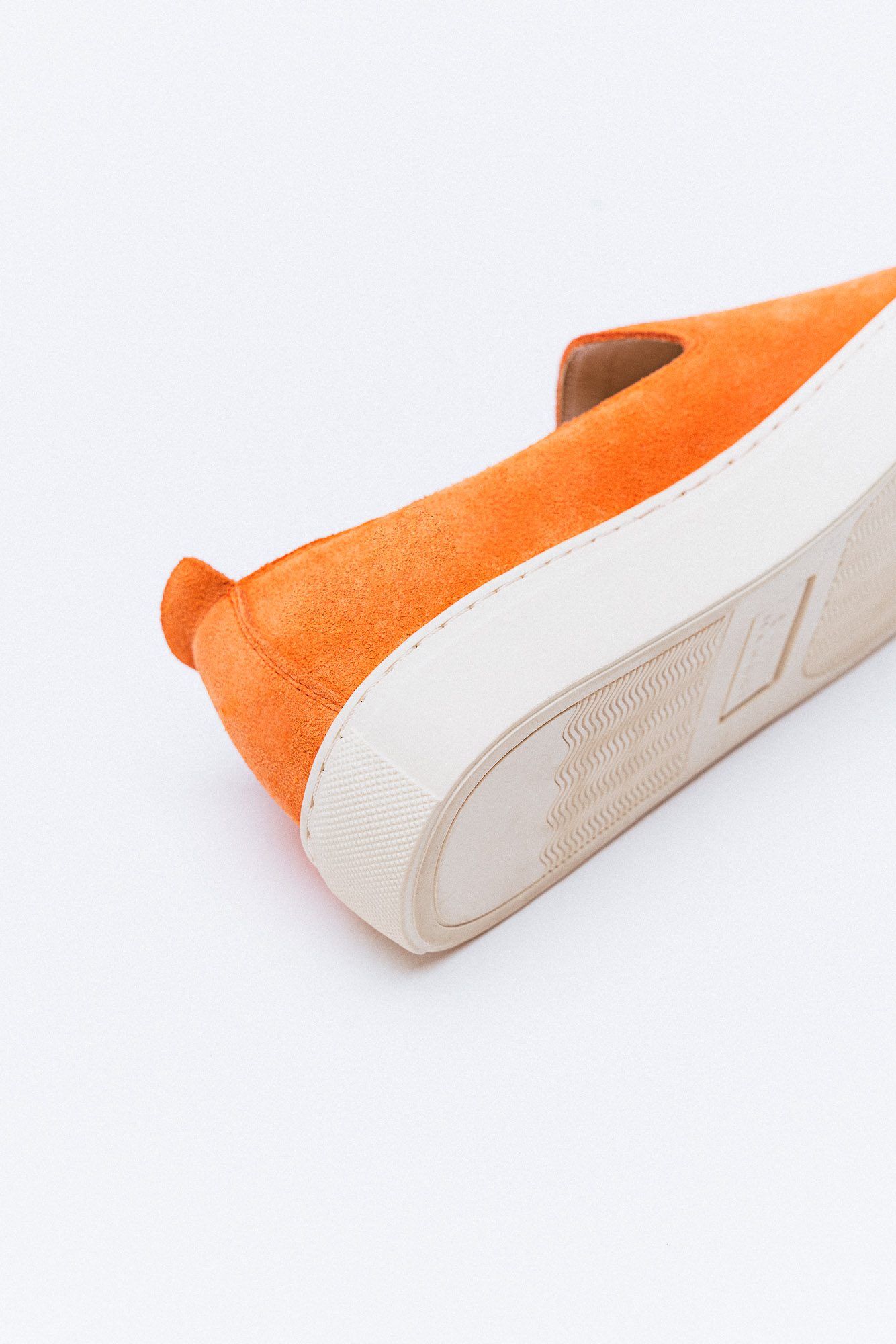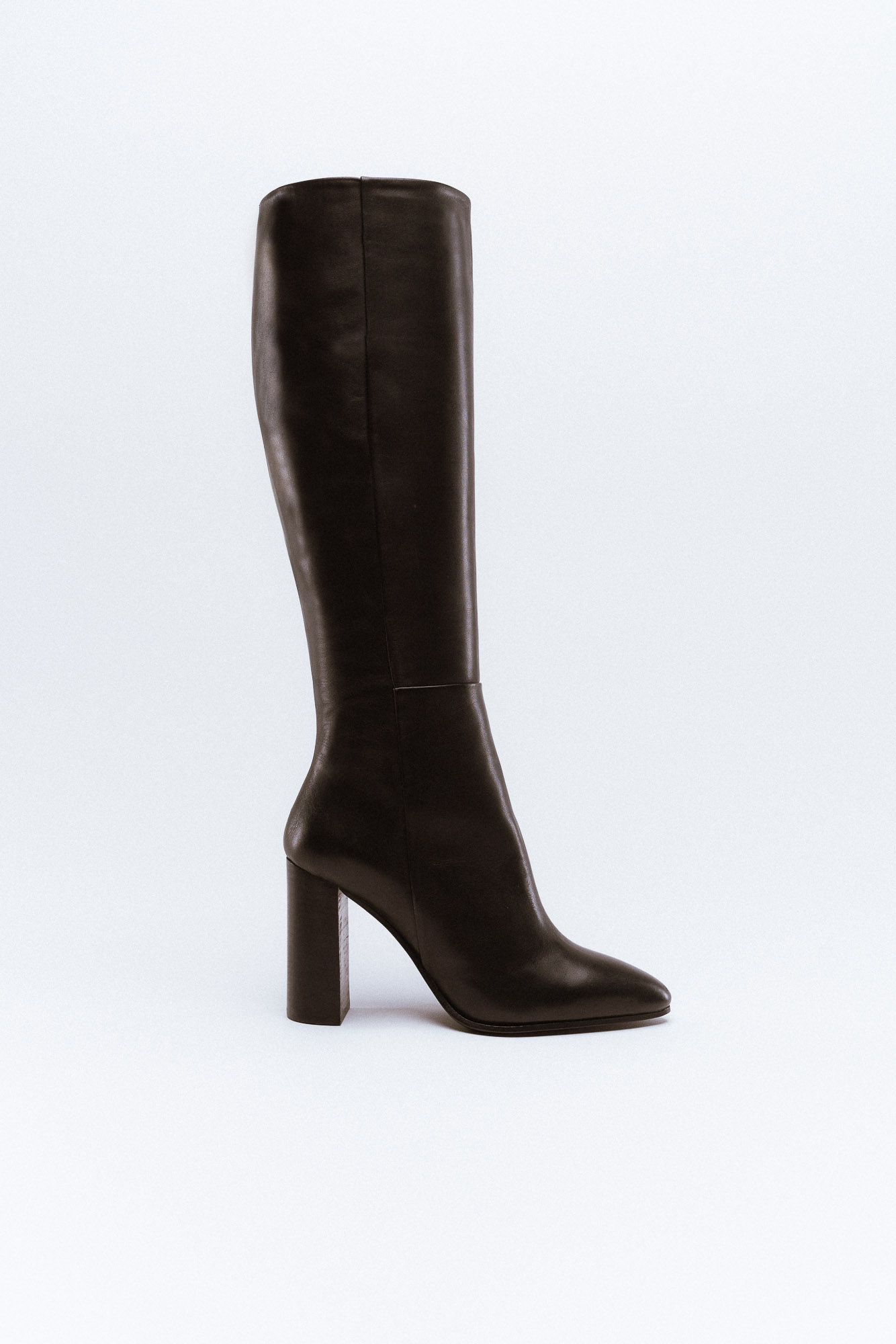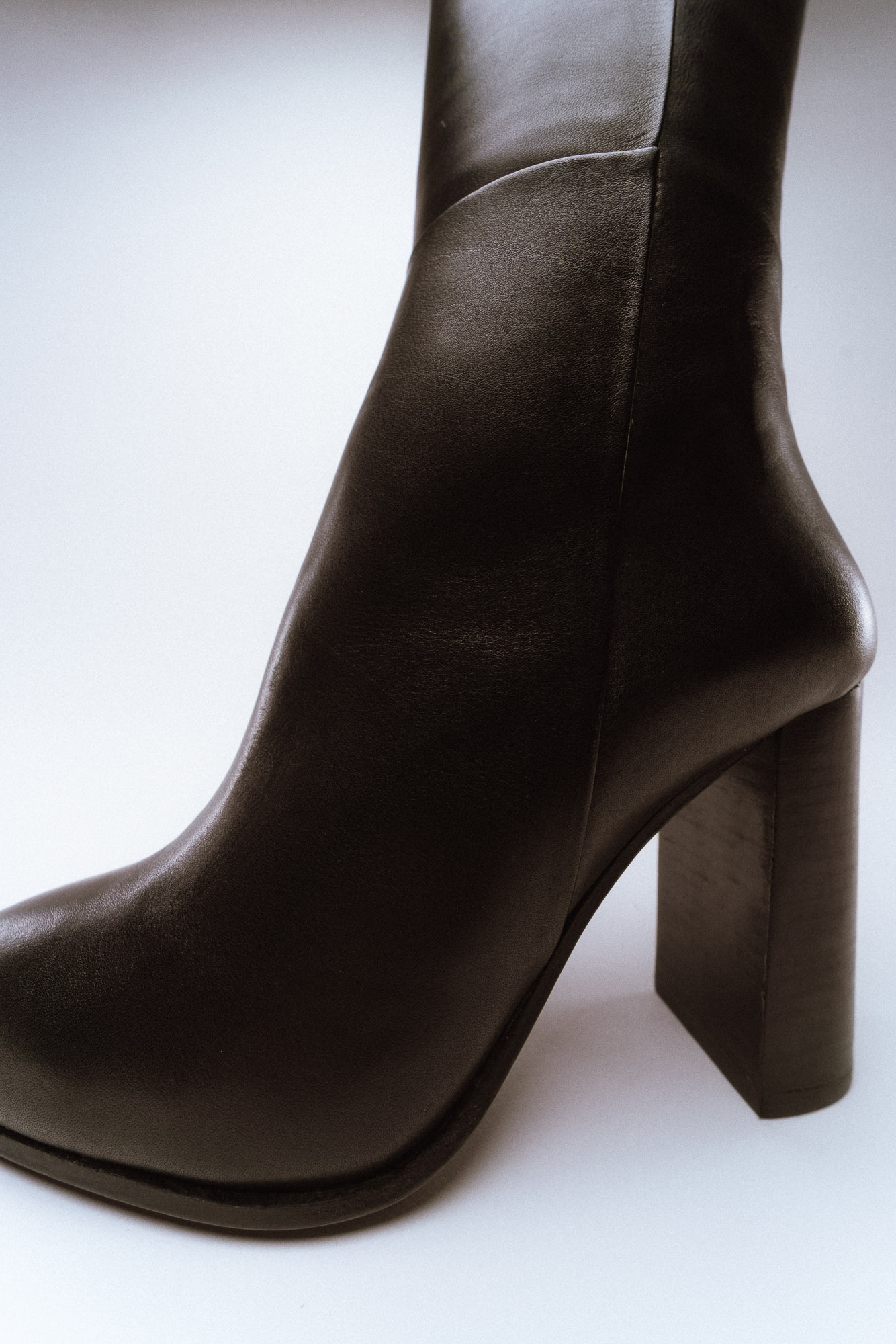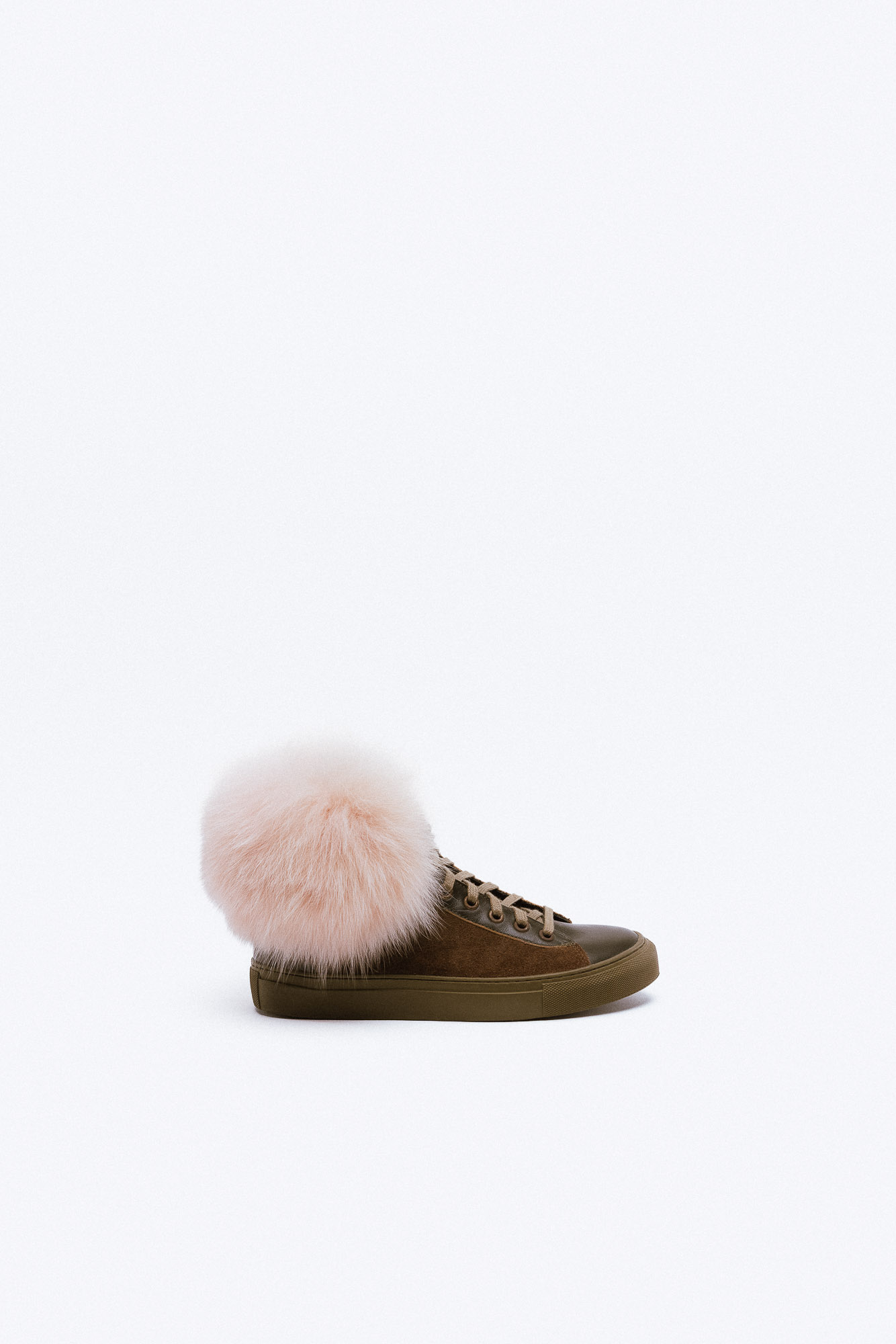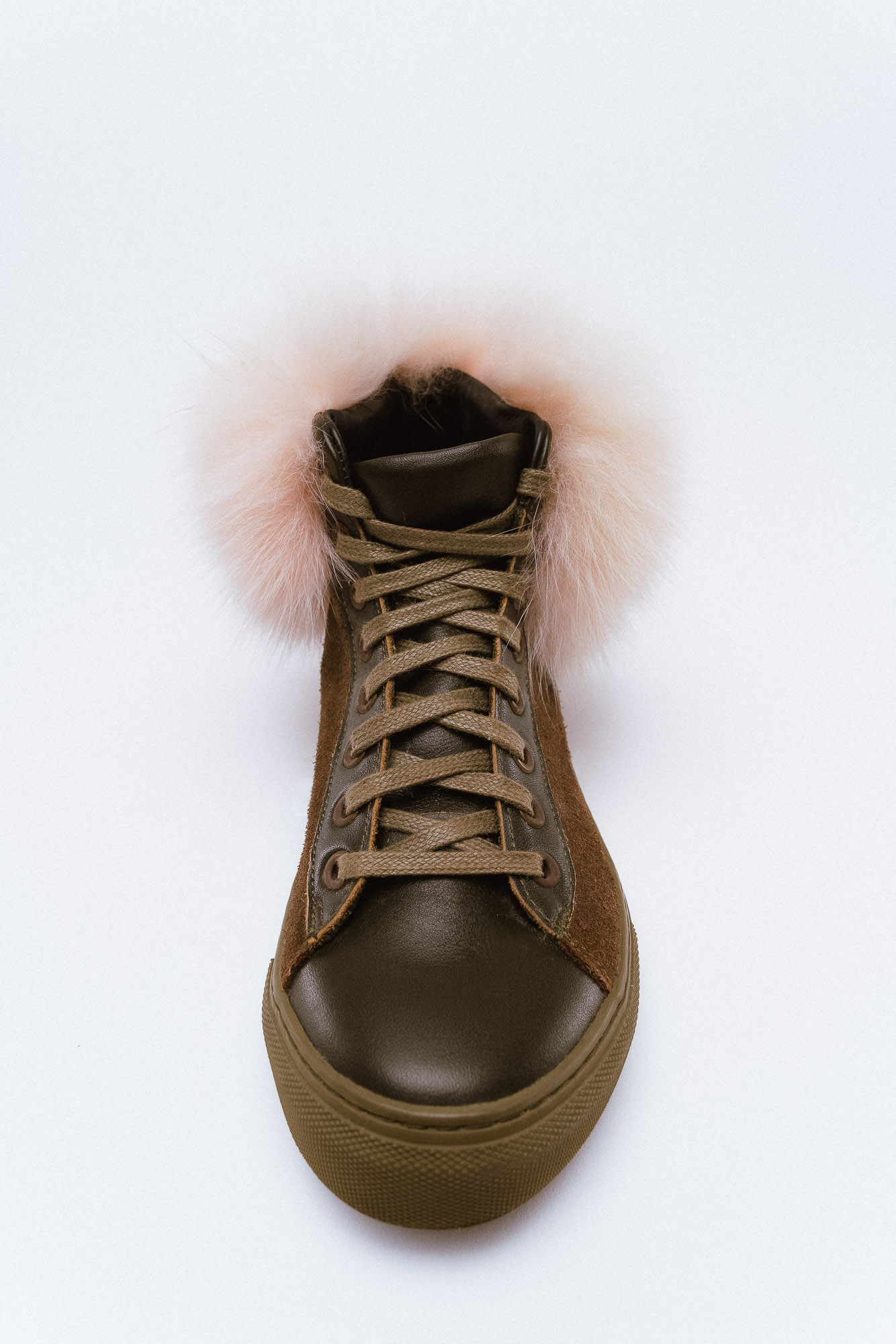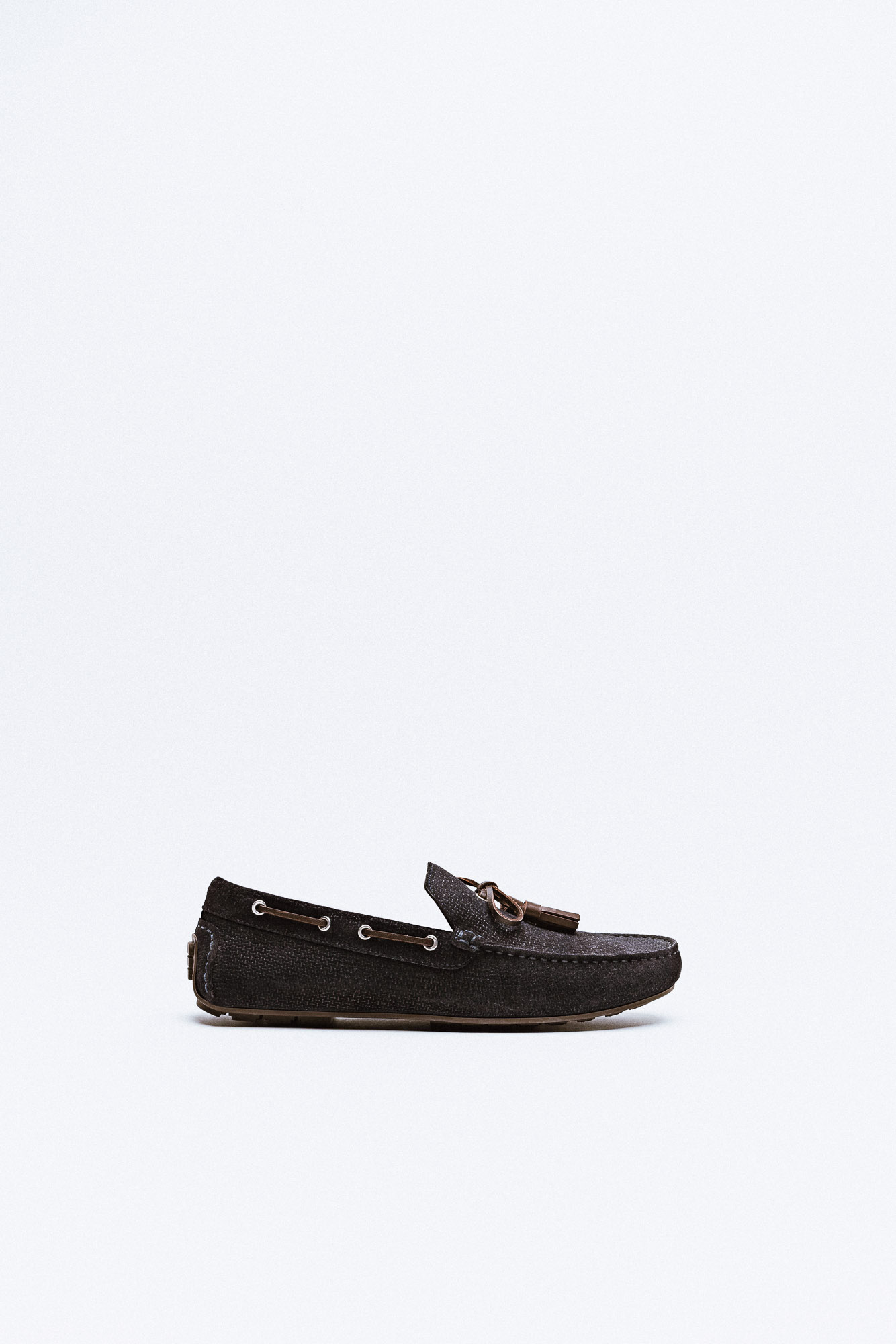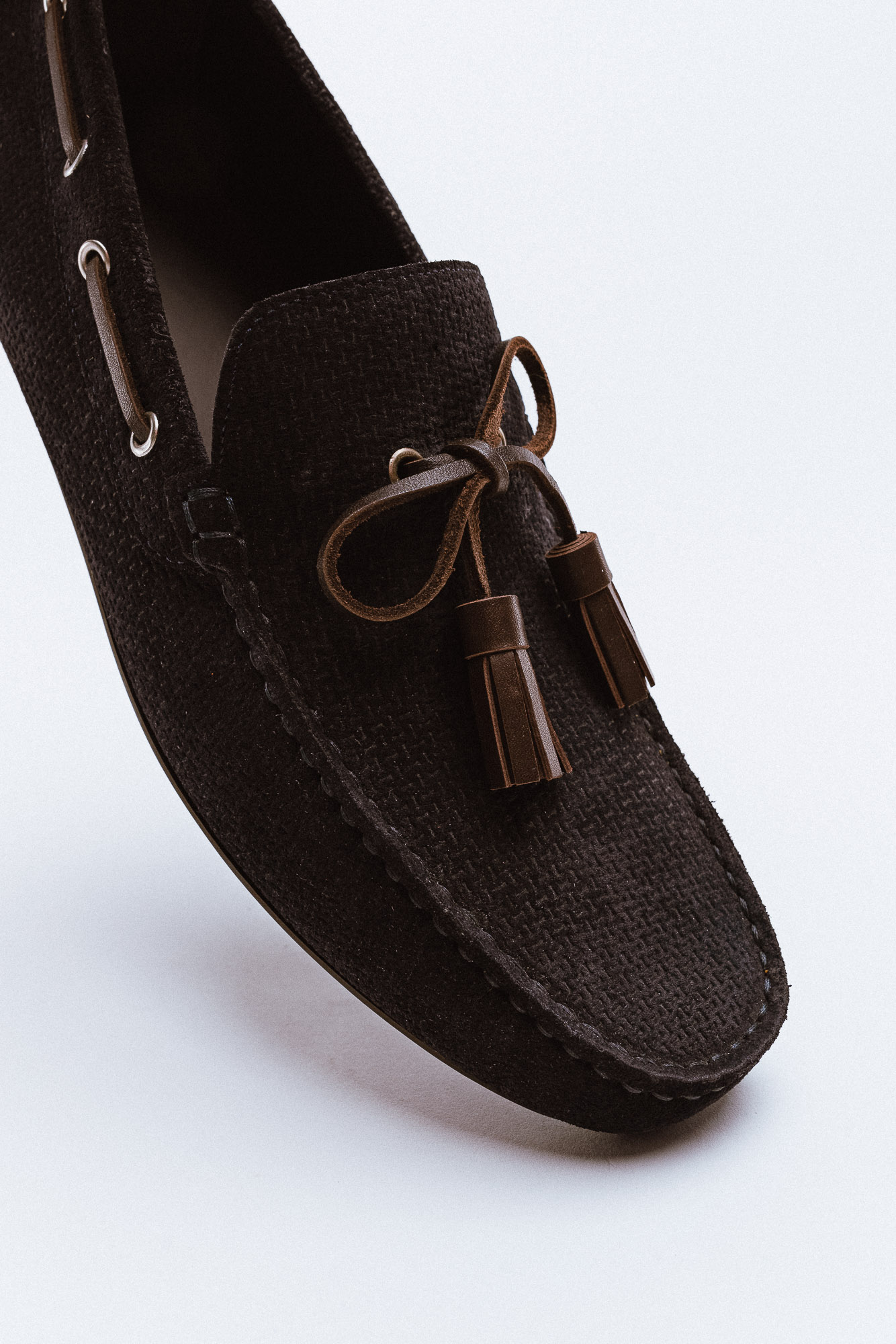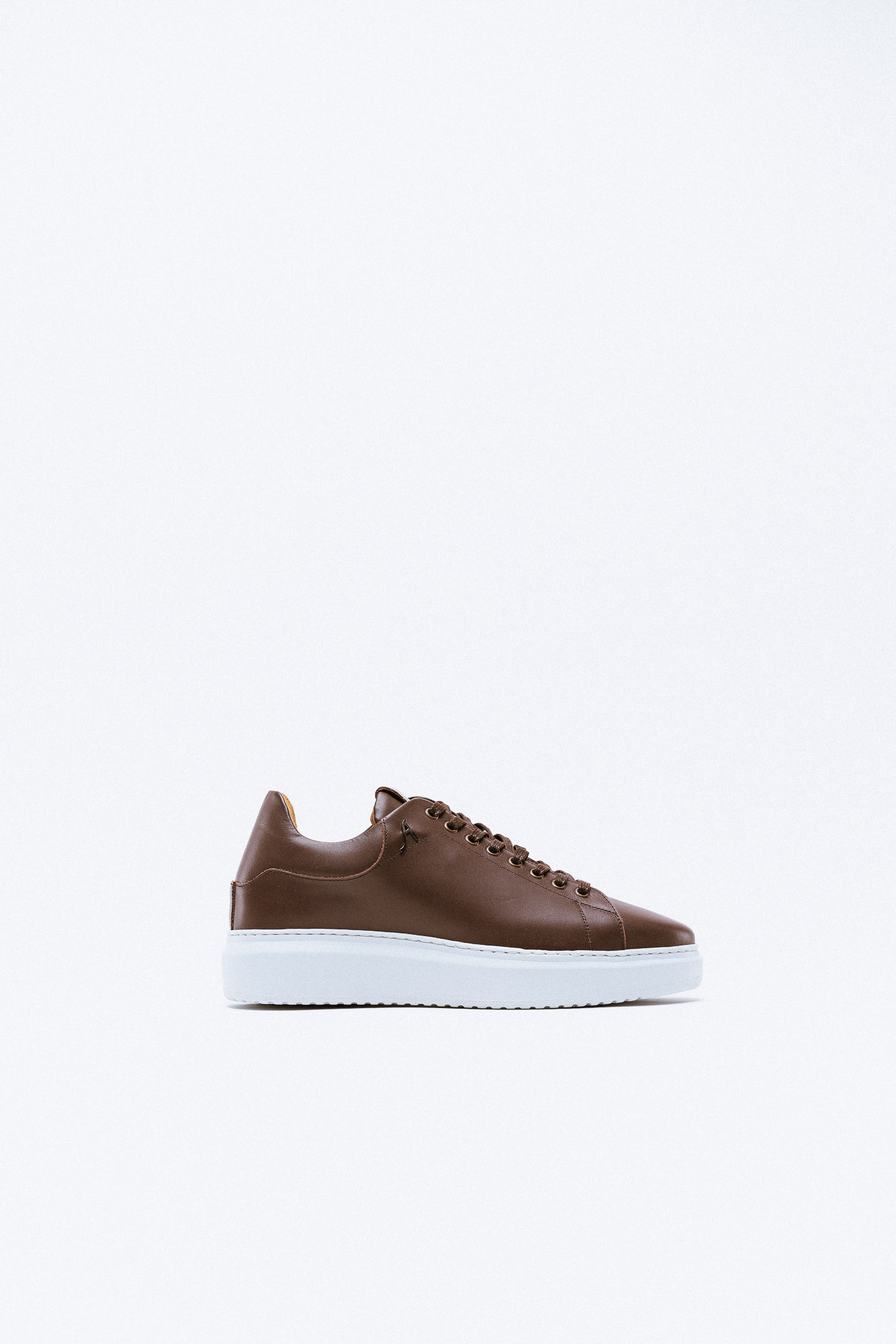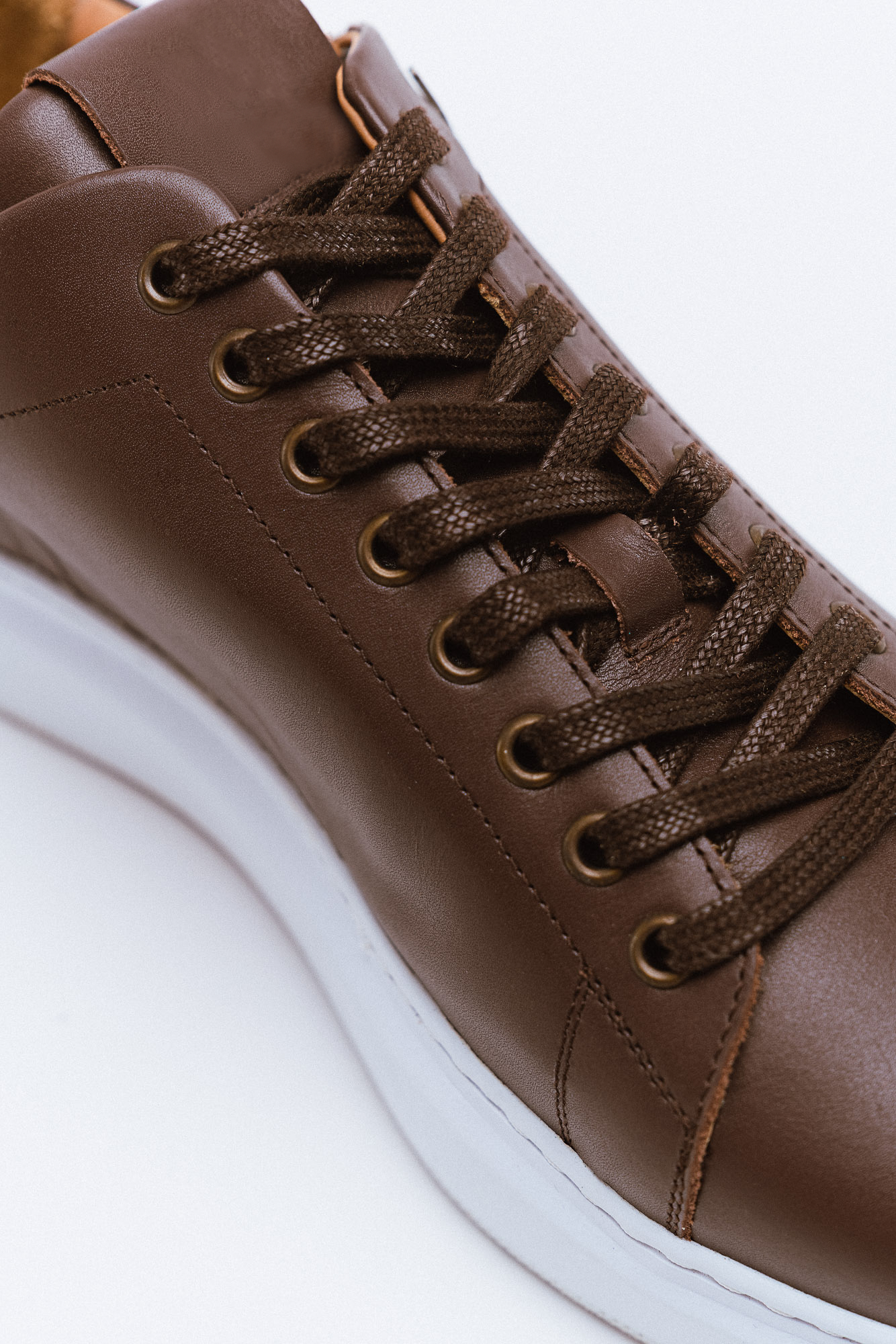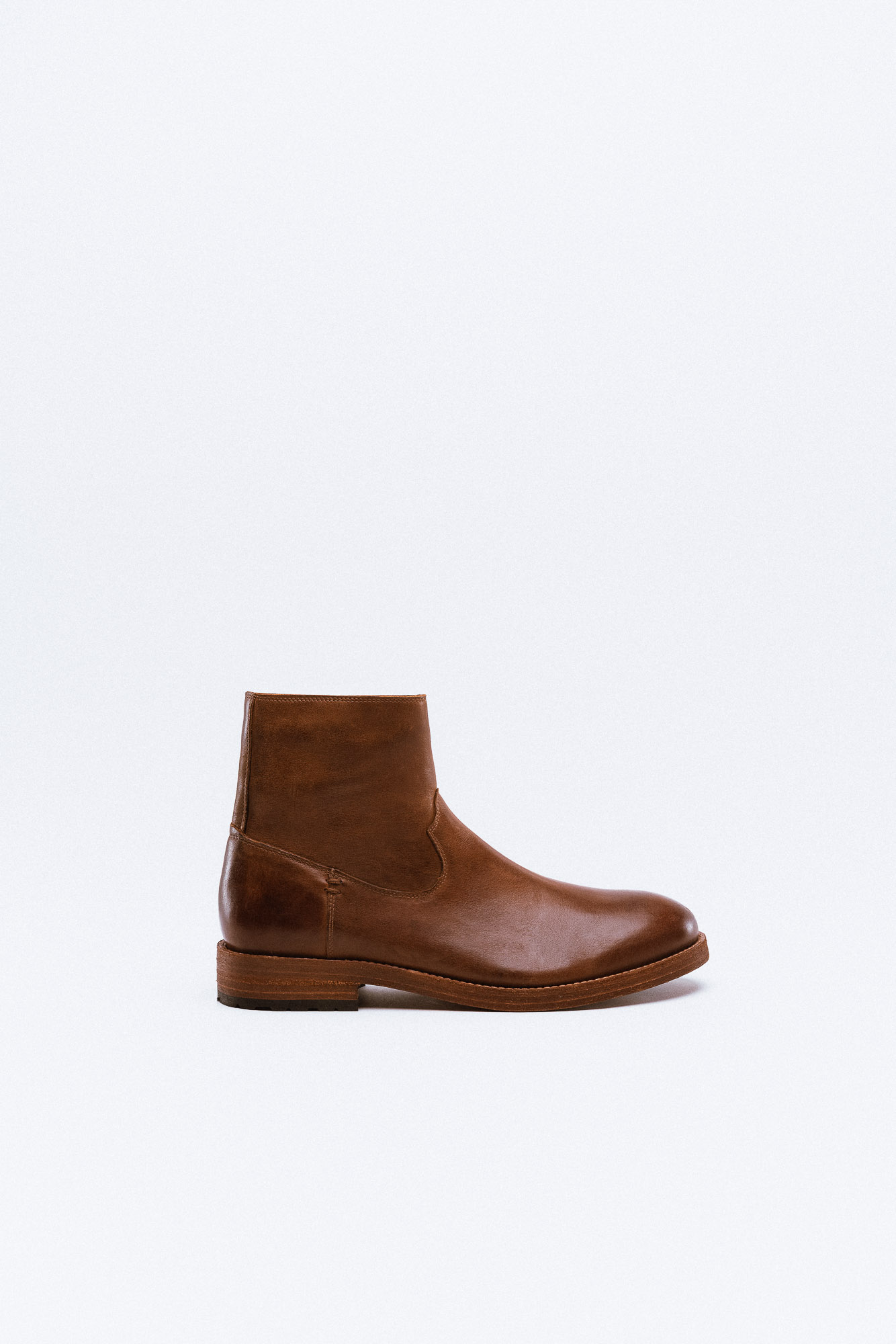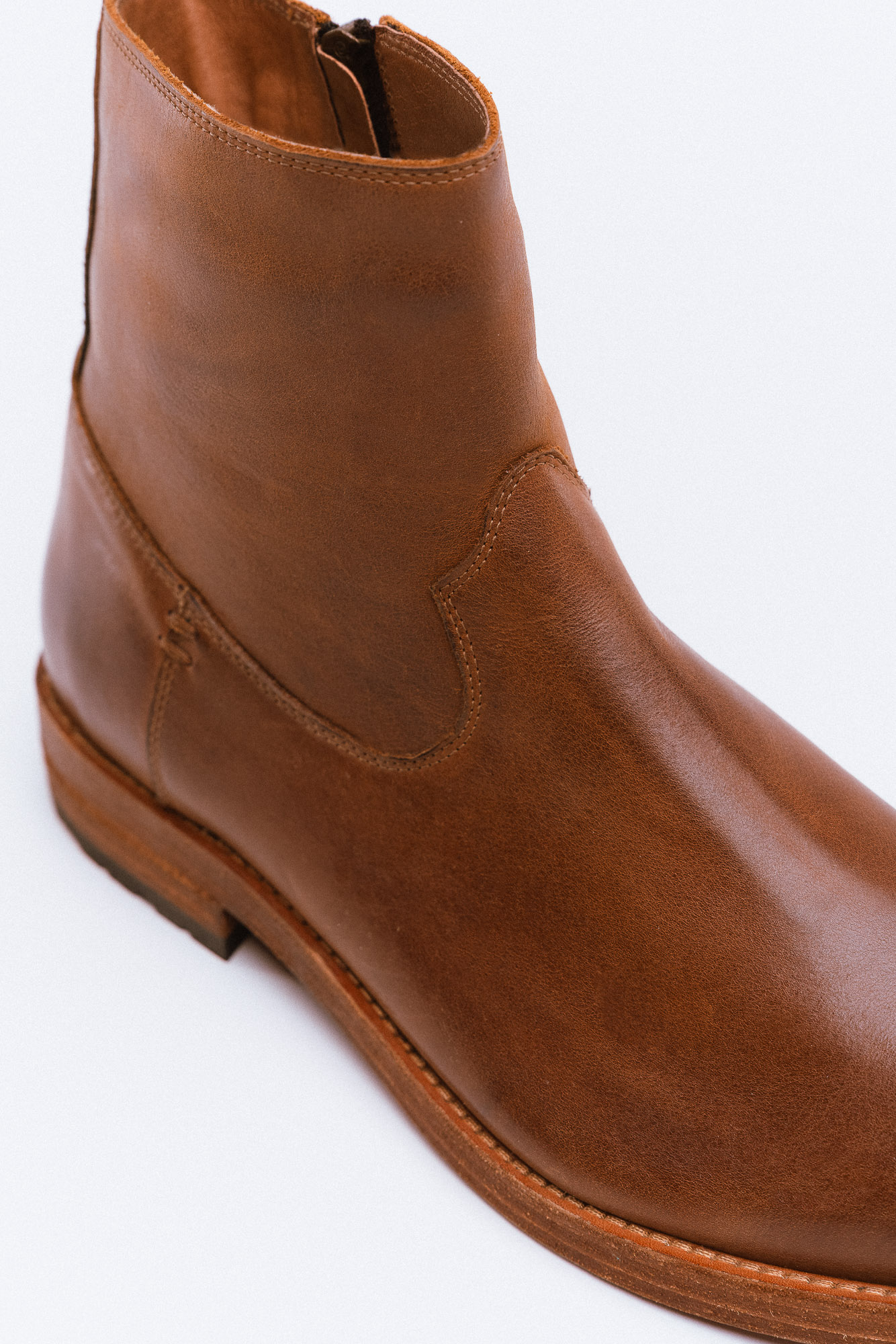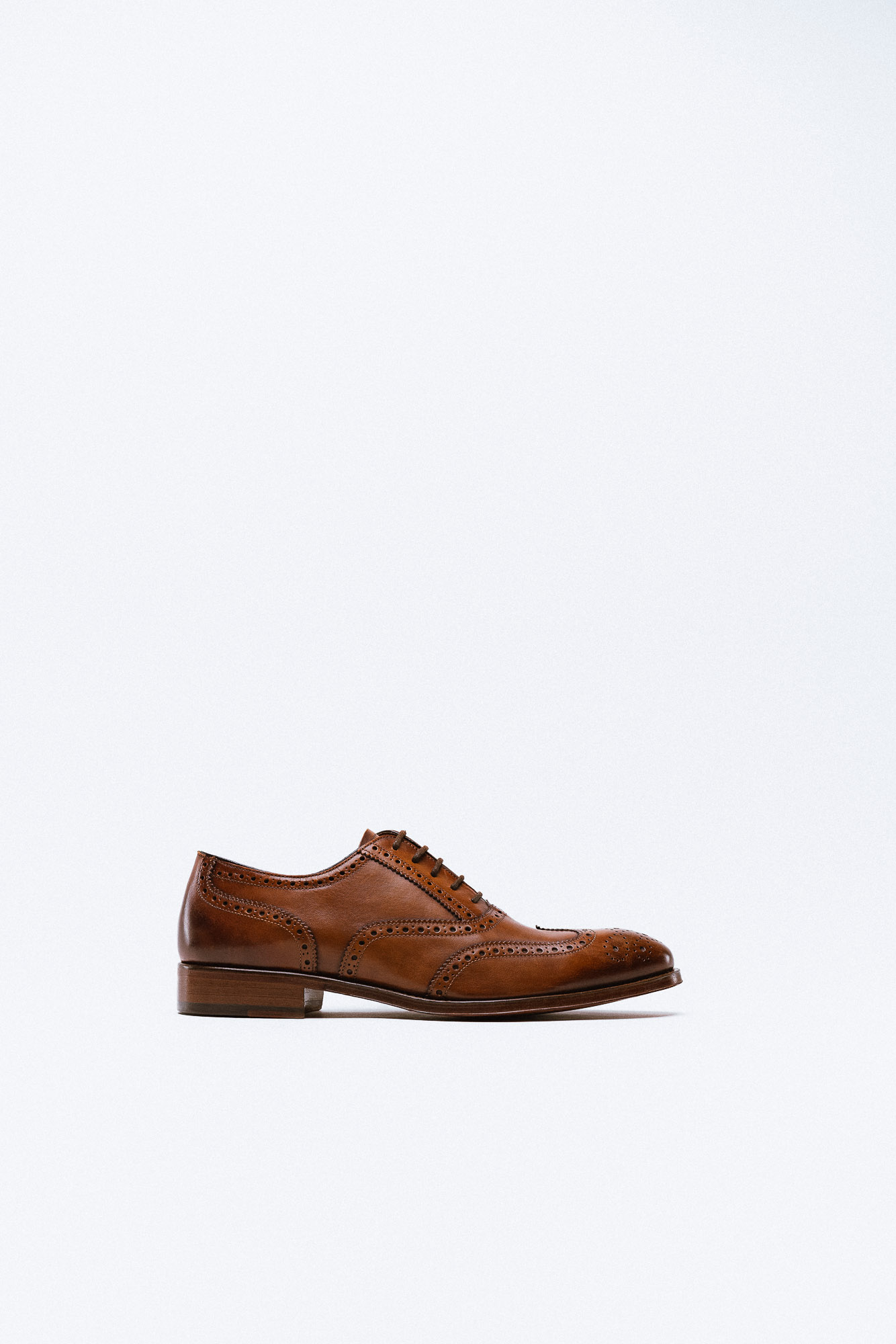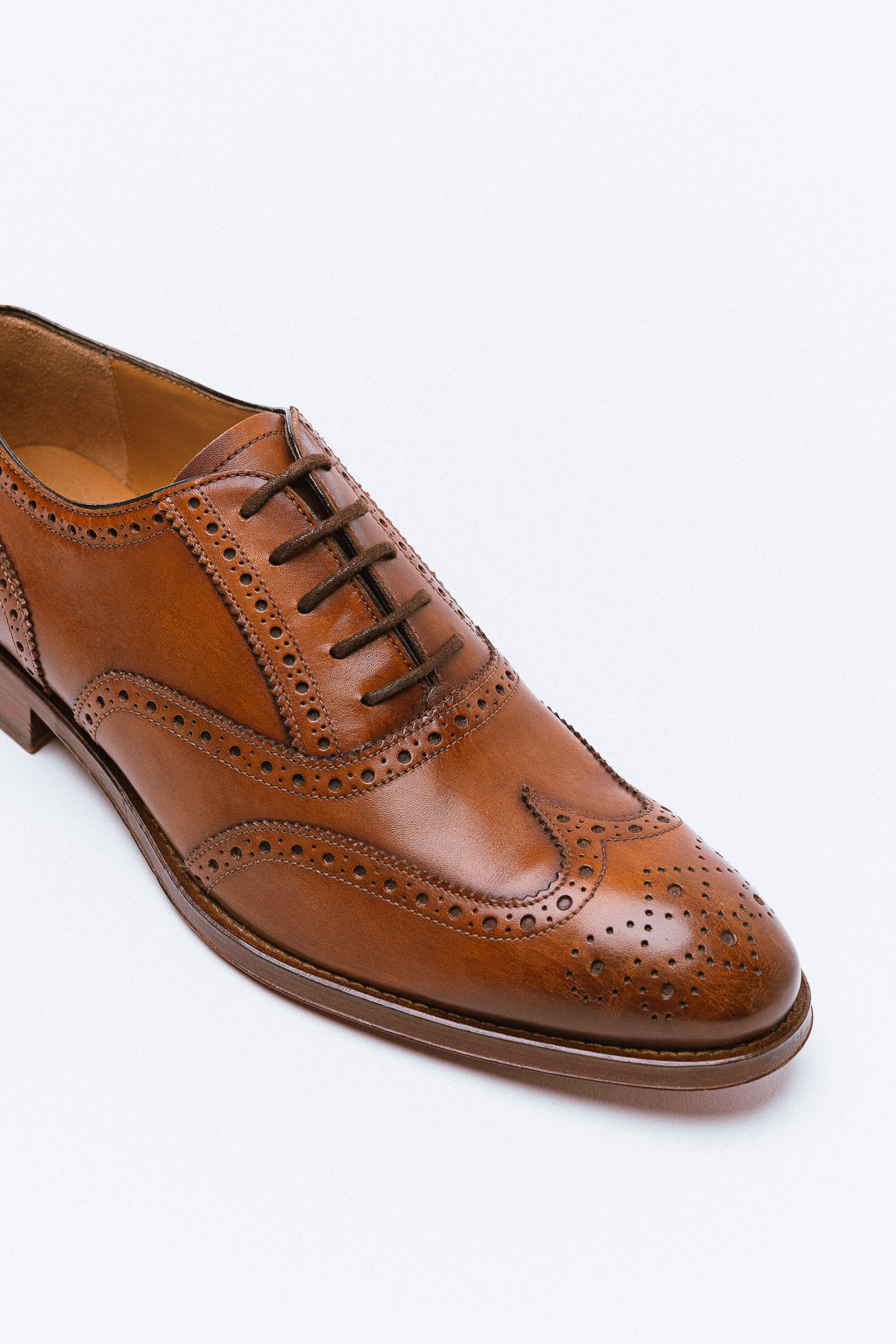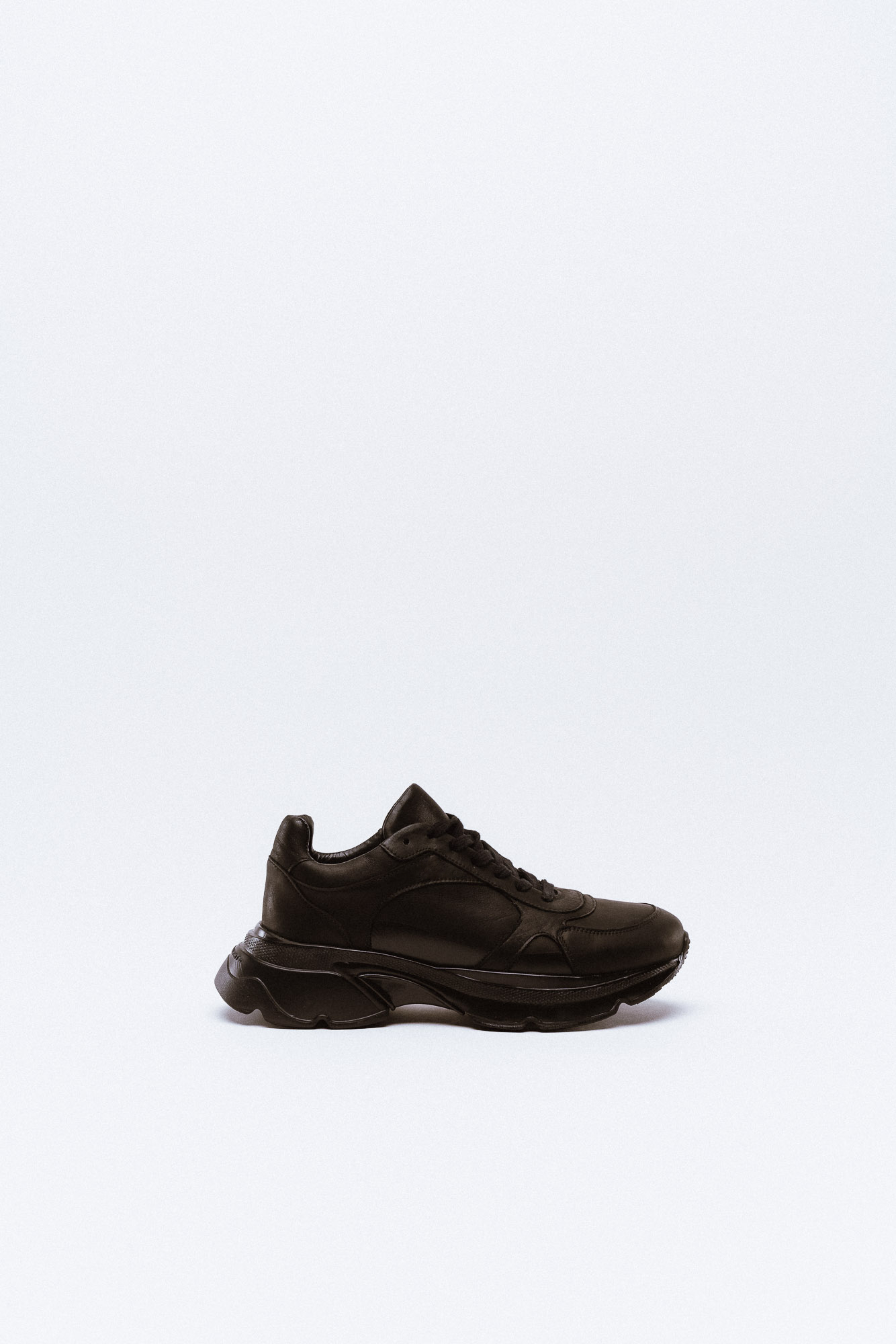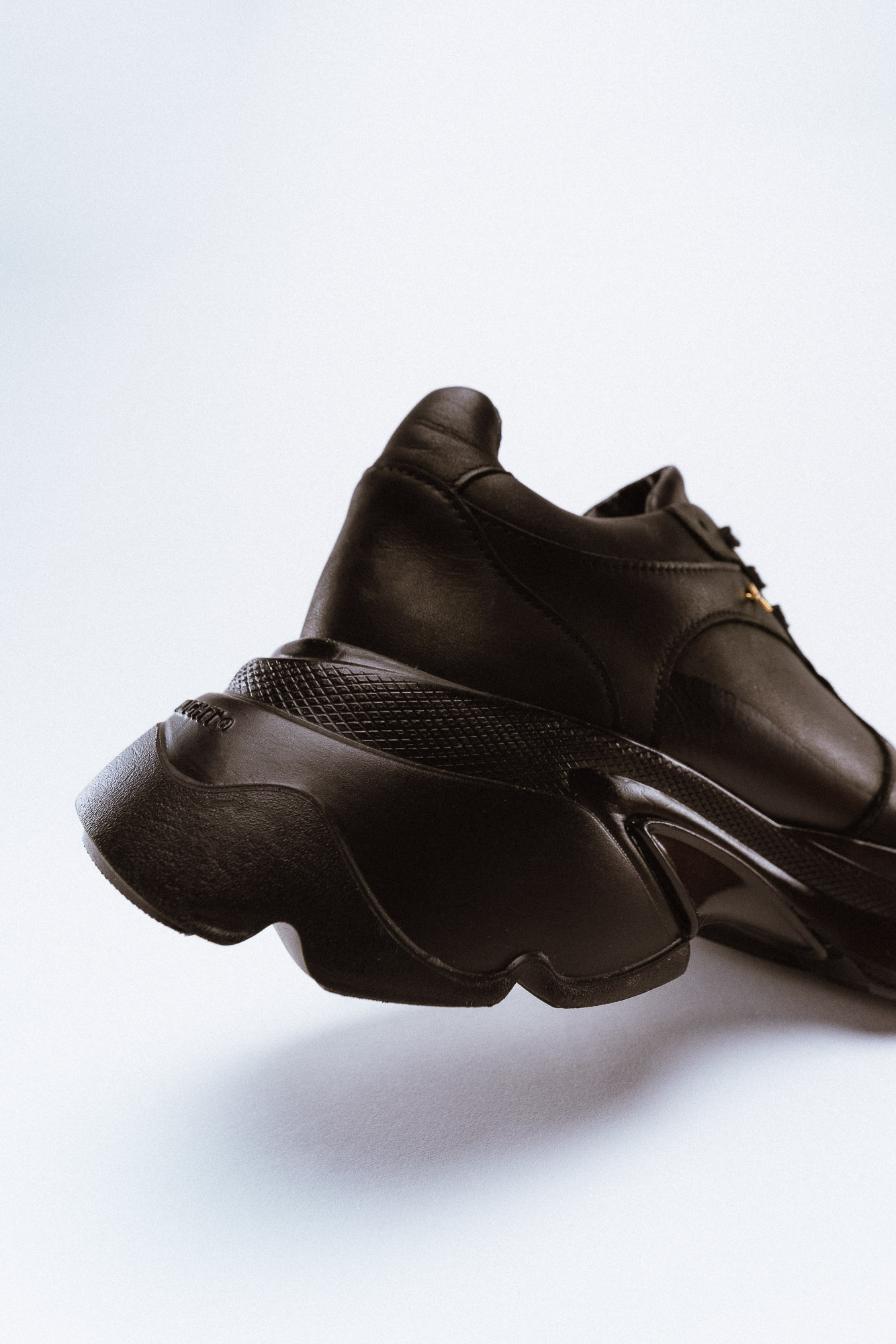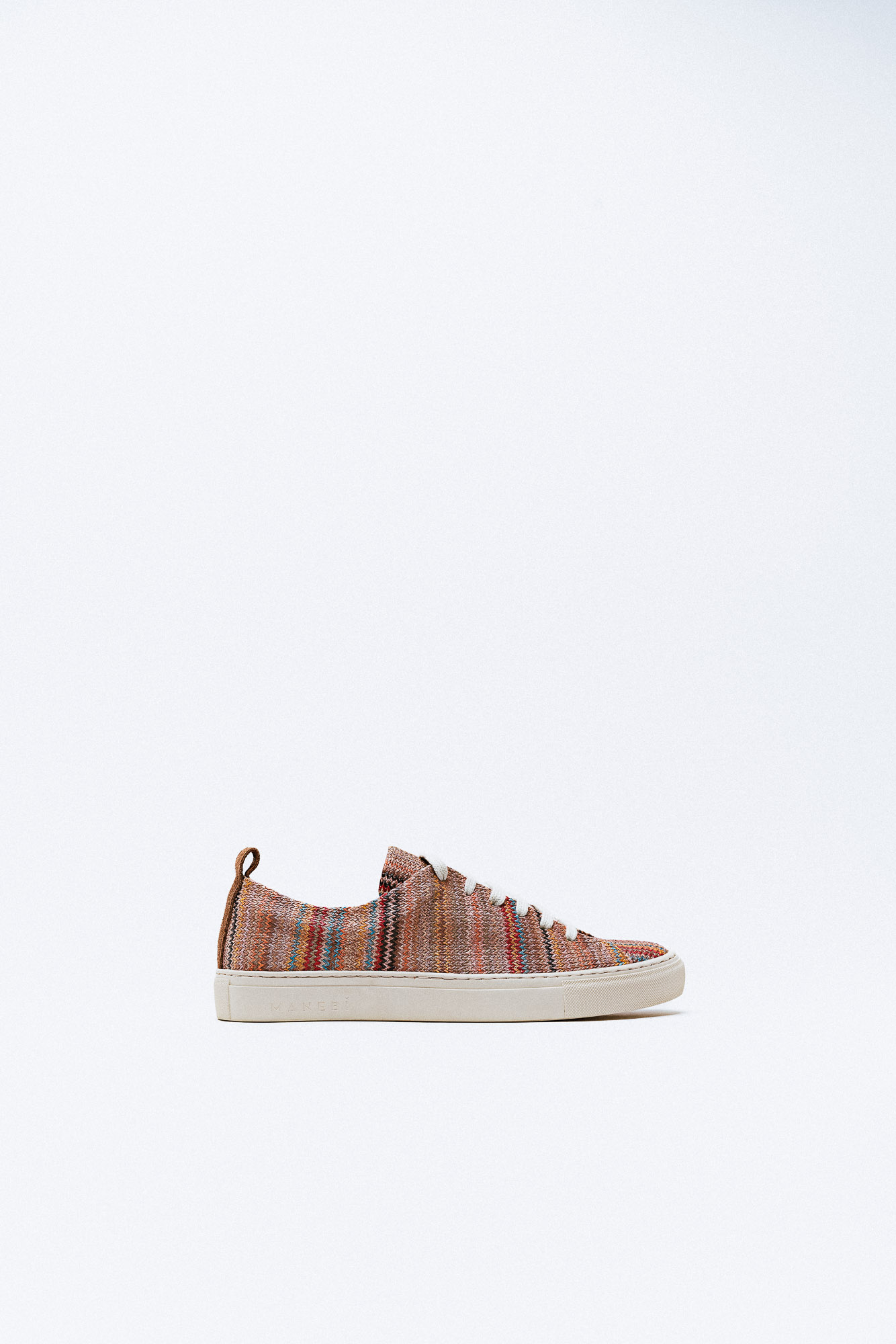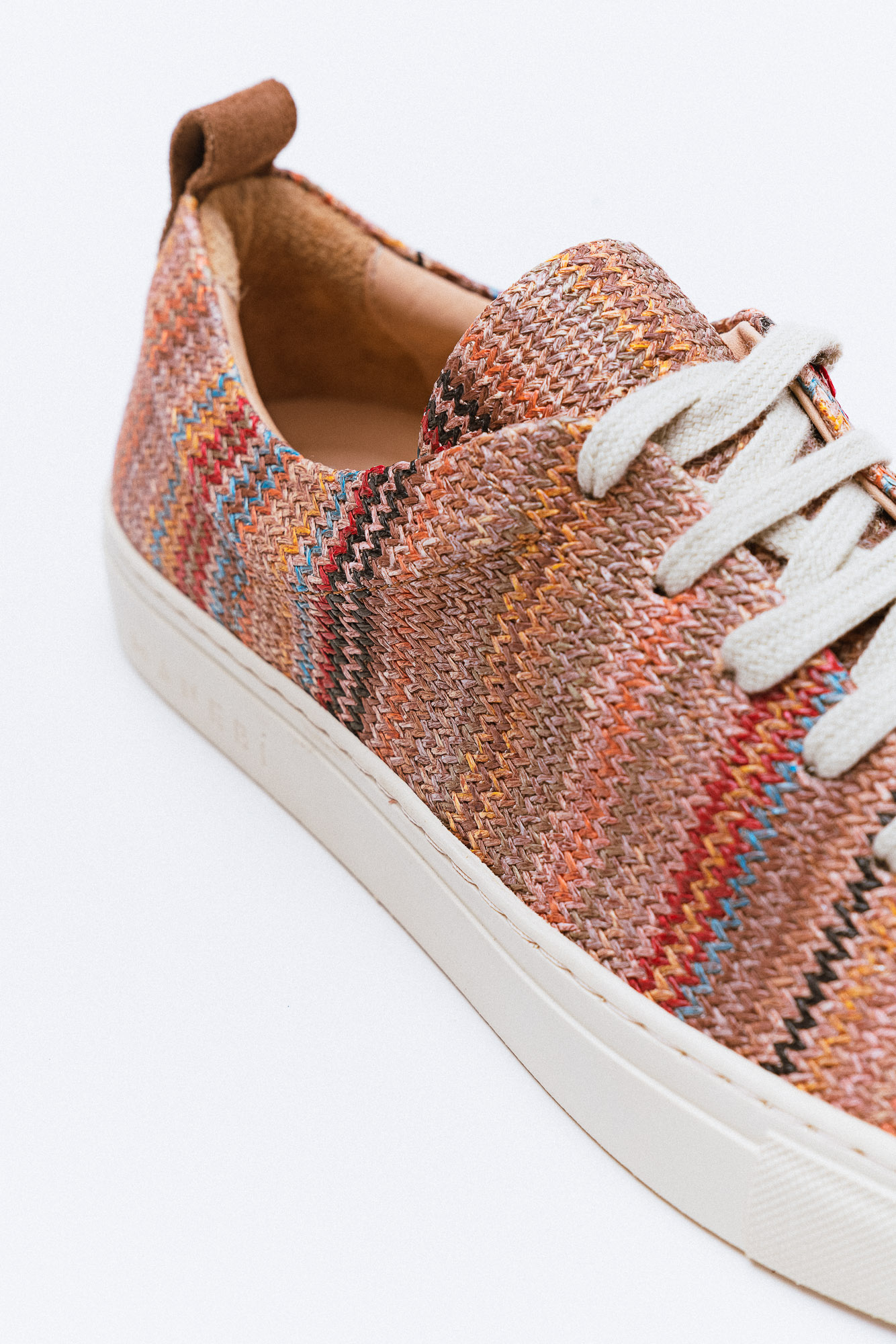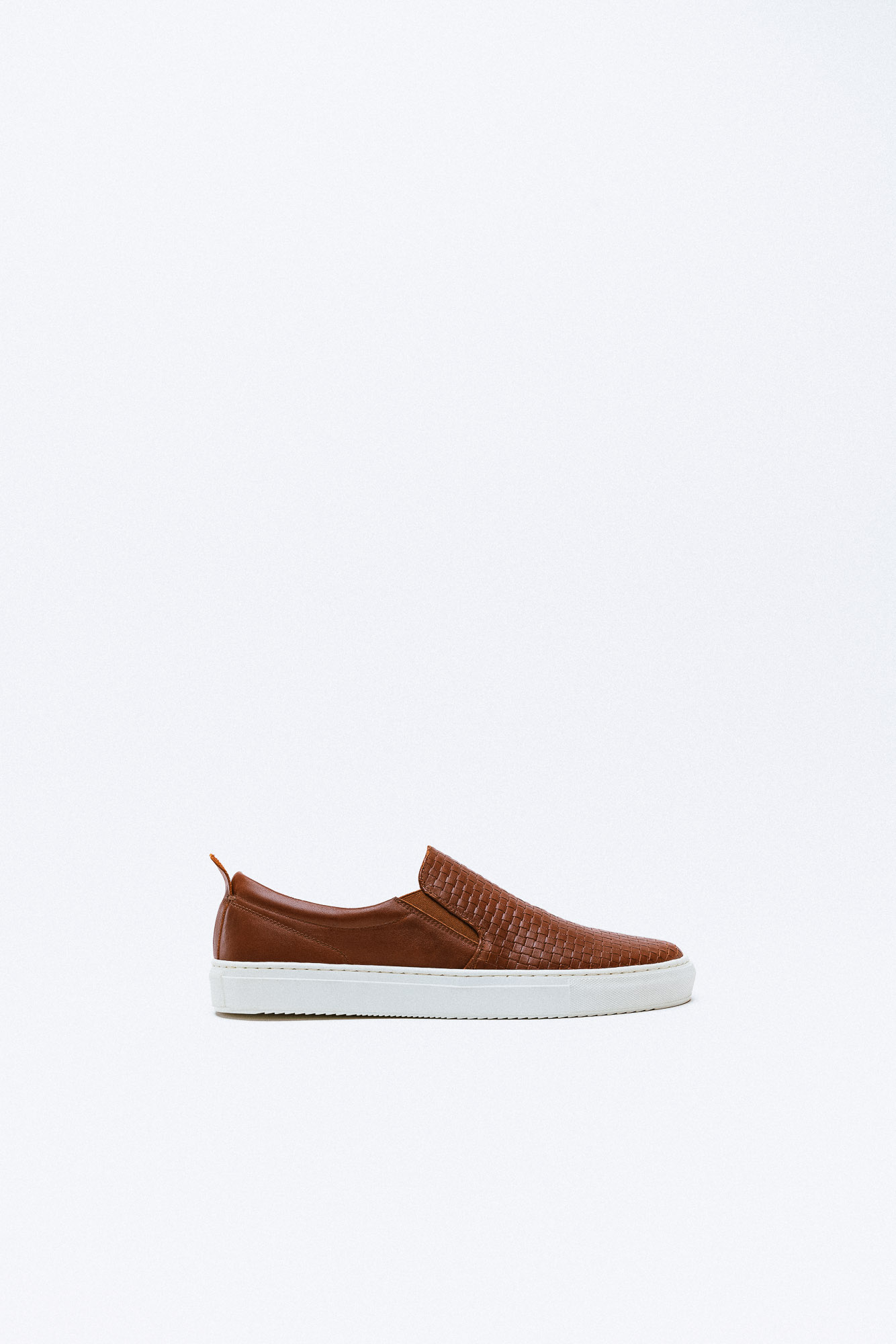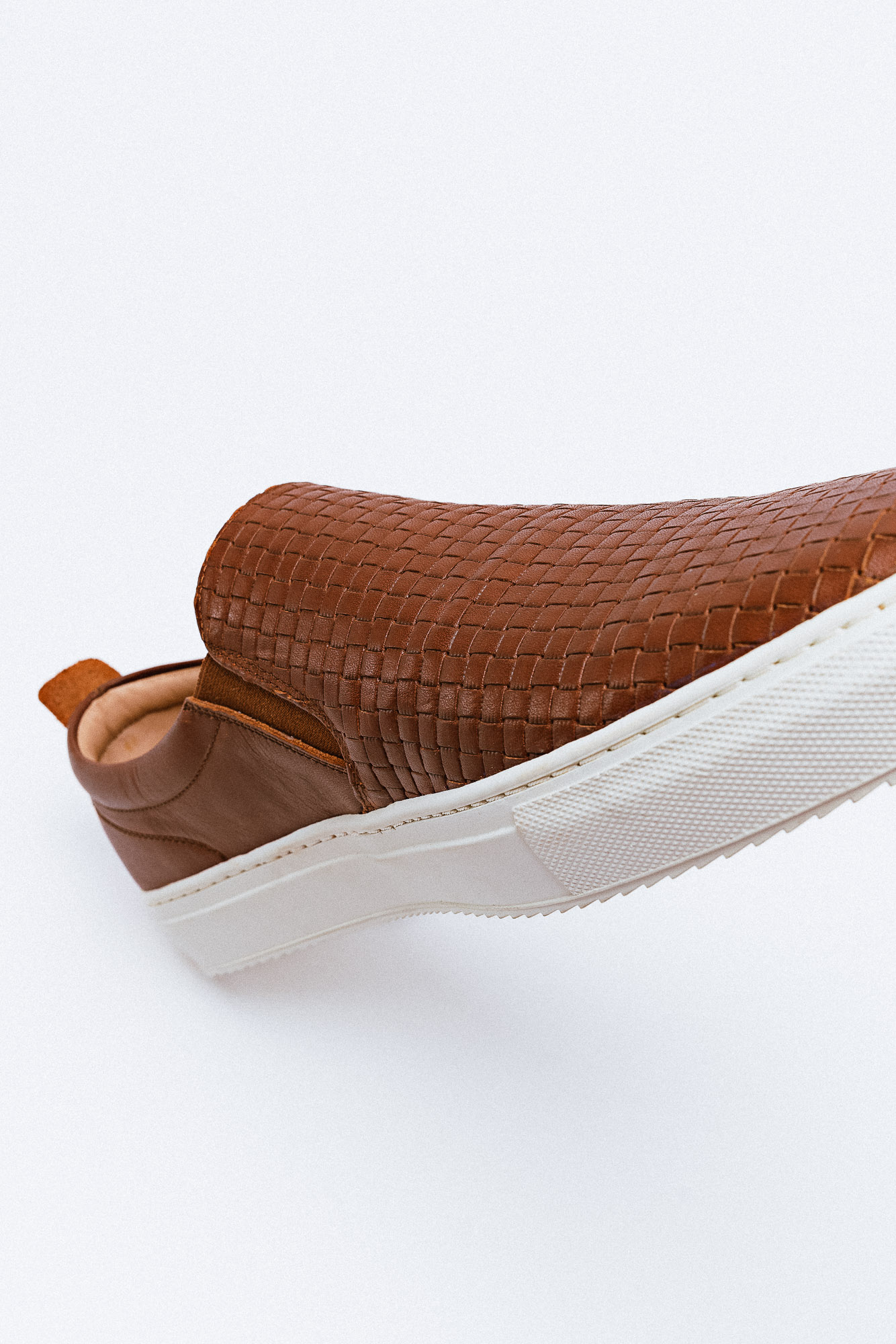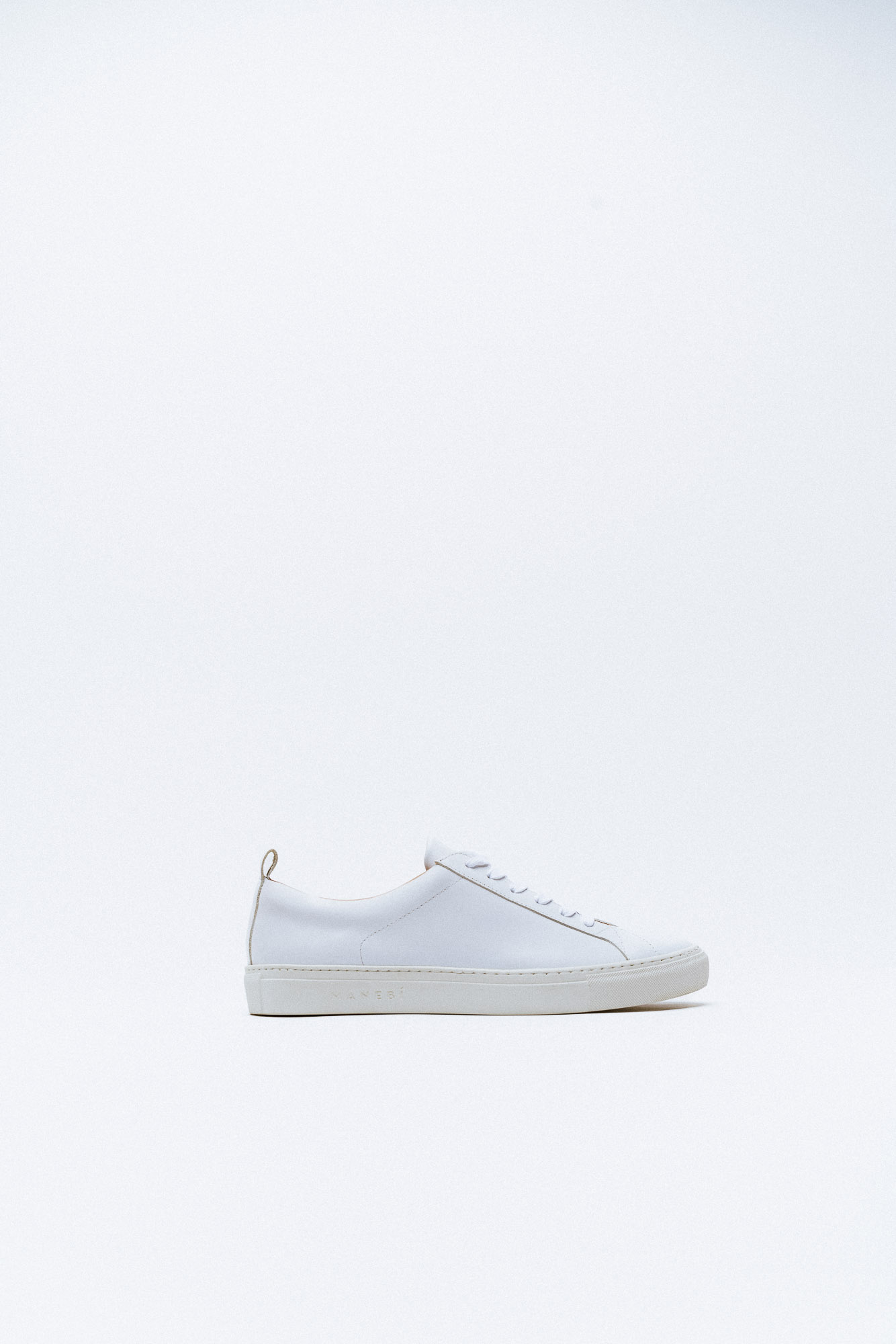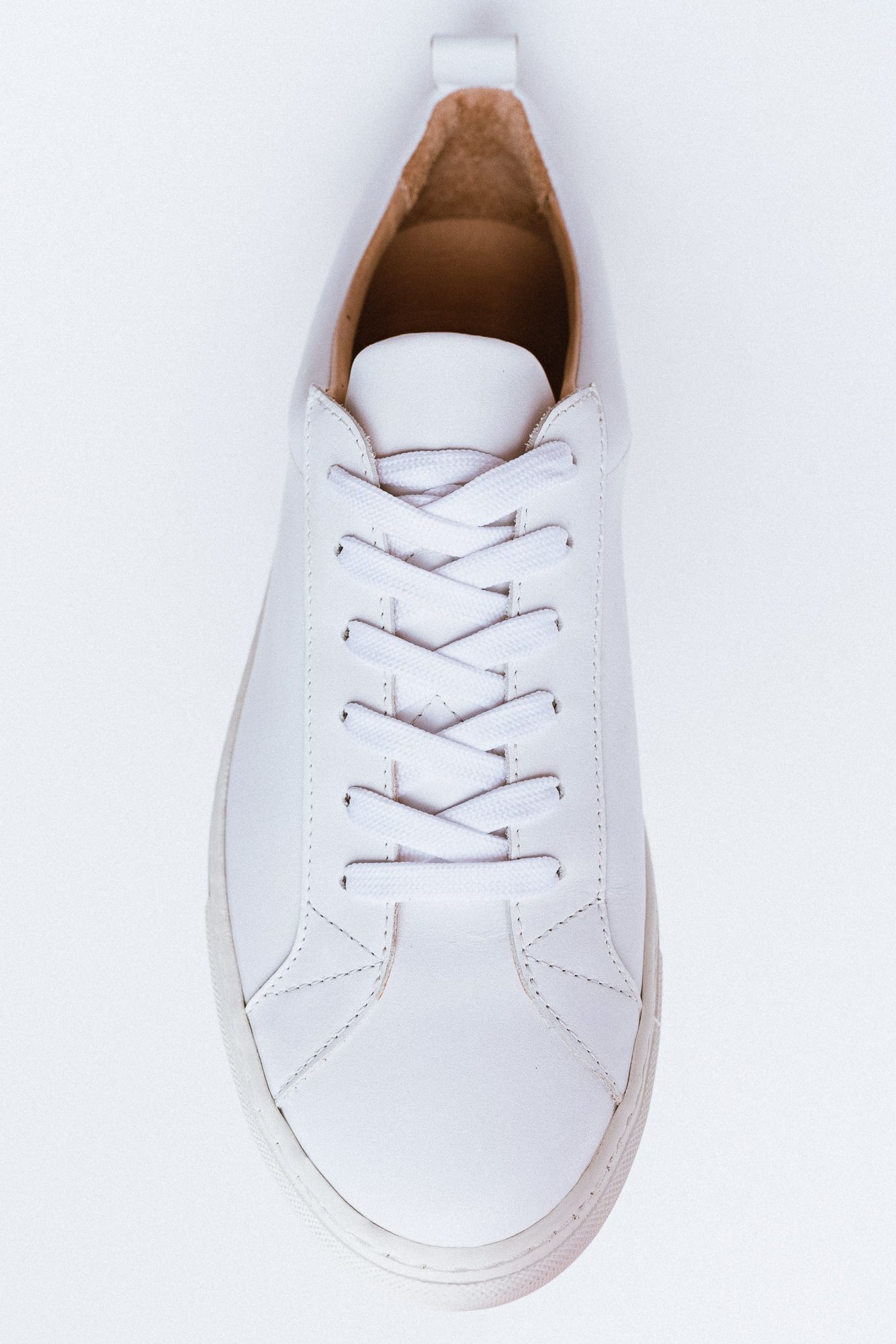
Nobody really knows what the world will look like on the other side of the Covid-19 pandemic. The only certainty is that it’s bound to be different. The crisis has already ushered the global economy into a recession, and seems poised to leave its mark on how consumers live, how they spend their money, and even how they dress.
Fashion, in fact, is one of the businesses most vulnerable to disruption from the outbreak since it relies so heavily on discretionary spending. Experts may not always agree on exactly how the pandemic will change different aspects of the industry. But the consensus is that it will, with many large-scale shifts that were already underway accelerating in the upheaval.
Here are some of the big transformations experts foresee for fashion in a post-coronavirus world.
Shoppers will reassess “value”
The outbreak, and the lockdowns various countries employed to stop it, have forced consumers to reprioritize their spending. Many are likely to reconsider what they deem essential. In China, for instance, where life is finally returning to normal after it was the first country to go into lockdown, many shoppers still aren’t spending like they did before the crisis and continue to prioritize necessities.
“I think there is a bit of a re-basing of emotion,” said Javier Seara, sector leader for fashion and luxury at Boston Consulting Group (BCG). “What do we need? What are we really doing?”
For fashion, which is more discretionary than essential, he calls it a moment of “reckoning and rethinking.” Shoppers have for years been grabbing up ever-larger volumes of clothing at ever-cheaper prices. Seara explained it’s too early to say for sure whether that will change, but believes that in mature markets such as the US and Europe in particular we could see a shift toward shoppers buying less and potentially spending more per item.
Francesca Muston, fashion director for global trend forecaster WGSN, voiced a similar opinion. “One of the things I’ve been talking about quite a lot is what ‘value’ really means,” she said. “I think often that value has become shorthand for something which is very low price, but what we’ve been kind of building toward before coronavirus, with all the messages around sustainability, is that low price is often not particularly good value.” She foresees more shoppers prioritizing uniqueness, craftsmanship, and quality in the fashion they buy.
Companies will focus on fewer—and different—products
Muston said she sees indications that fashion’s frantic turnover of trends could slow, while companies will shift focus to a different type of product. “Now what we’re seeing is much more emphasis on core products that have a never-out-of-stock, trans-seasonality to them, because those can be much more profitable for retailers,” she noted. She pointed to the digitally native, direct-to-consumer companies selling just one or a handful of products that have thrived with the approach.
Similarly, clothes that hold their appeal across seasons may receive new attention. “From a practical standpoint, I believe a more season-less approach will make sense moving forward,” Maximiliano Nicolelli, managing director of fashion consultancy Hydra Advisory in Milan, told fashion trade outlet WWD (paywall). Runway labels such as Armani (paywall) are already saying they’ll use the crisis as an opportunity to rethink the timing and frequency of their collections too.
The look that seems to be entering the spotlight now is minimalism. In an April 2 note to clients, investment firm Bernstein predicted that, after the crisis, “The Zeitgeist will change, the era of maximalism will draw to a close, as the pendulum will swing again to minimalism.”
Not everyone is so sure a shift away from trend-driven fashion would last. Natalie Kotlyar, national leader of the retail and consumer products practice at BDO, an accounting and consulting firm, thinks companies and shoppers may adopt it in the short term. But long term, she said, shoppers will still “embrace trends” and there will “continue to be a thirst for fashionable merchandise in the future.”
E-commerce will grow, as will direct-to-consumer sales
The share of fashion sales happening online was growing before the coronavirus. The current situation, with its widespread store closures, should only spur e-commerce as consumers get used to buying even more online.
At the same time, there are questions about how eager shoppers will be to return to crowded malls and stores once they do reopen unless health officials are able to devise a vaccine for the new coronavirus. “I have difficulty thinking of a scenario when after this people will spend more time in stores, which were already pretty empty before,” BCG’s Seara said. “I don’t see a world where people come out of this and say, ‘Oh, let’s go to Macy’s.’”

It’s another tailwind for e-commerce, and also for companies to push more sales through their own channels. For years, companies from Nike to luxury sellers have been doing more sales straight to shoppers rather than through retail partners. The costs can be high since they need to handle all the operations themselves, but they also get more control over their brand images and higher margins on each sale.
If their retail partners are seeing in-store traffic plunge, it’s even more reason for companies to take over more of their own sales. Both Seara and Bernstein, in its April 2 note, predicted the crisis will cause a further shift among companies away from wholesale and toward their own retail channels.
The gap between retail’s winners and losers will grow
Everyone is going to suffer in the pandemic, but not equally. “What I think is really going to happen is we’re going to see a further divide between the strong and the weak retailer,” said Kotlyar.
Fashion is a polarized business in terms of who’s making the profits and who isn’t. Many unprofitable companies and others fighting for modest incomes, such as independent designers, are facing a nightmare scenario.
The smaller, privately owned companies may simply not have the cash to continue for two months or longer without any revenue while stores are closed to maintain social distancing and shoppers are holding off on all but essential purchases. A number are likely to go out of business.
The larger companies, including multi-brand models such as department stores and many middle-market retailers more broadly, may survive but could shrink substantially. “We are over-retailed and over-stored, so part of this is a natural survival of the fittest,” said Deborah Weinswig, founder of Coresight Research. She added many companies are still not getting the government support they need, exacerbating the problem.
Some business models will fare better than others
The big luxury players are resilient because the rich will continue to be rich, Seara said. Sports companies have an advantage, too, he noted, because they tend to be large and have shoppers’ desire for comfort and functionally versatile products on their side.
Off-price chains could also prosper, though their situation is less certain. In past economic crises, they’ve been able to attract shoppers looking for bargains while benefiting from a flood of inventory coming from retailers that aren’t selling. But this time, according to Kotlyar, everyone is going to be left with so much inventory that discounting is likely to be widespread, giving off-price retailers widespread competition. They also haven’t invested as much as other parts of the industry in building e-commerce, so unless they can move fast they’ll miss the uptick in online shopping.
Other models that could thrive post-coronavirus are digitally native, direct-to-consumer (DTC) companies and fashion-resale sites. The DTC companies aren’t immune to the problems other retailers are facing from Covid-19. But they’ve proved adept at promoting their unique value to shoppers, WGSN’s Muston noted. Fashion-resale sites, meanwhile, have been growing steadily in recent years and could see an influx of customers looking for deals online as well as inventory, both from consumers cleaning out their closets and company partners wanting a piece of the resale market.
Companies will reconfigure their supply chains
When the coronavirus shut down industrial activity around much of China, it froze fashion companies too. Companies had been moving production out of China for years, first as costs rose and then more recently as the trade war between China and the US escalated. But they quickly realized they were still dependent on China for many of their raw materials.
Because of the coronavirus crisis, however, over the next two years companies are likely to re-evaluate their supply chains and try to ensure they aren’t completely reliant on any one country, BDO’s Kotlyar said.
It’s not totally clear what the new supply chain might look like. It could involve a mix of nearshoring production to low-cost countries near major markets plus investments in more advanced manufacturing and automation.
Francisco Betti, an expert on advanced manufacturing and production at the World Economic Forum, a non-partisan foundation based in Switzerland, said in a previous interview with Quartz that he thinks Covid-19 “will massively accelerate” changes already underway in advanced manufacturing and reshape supply chains. More companies, he noted, would likely incorporate more risk management and scenario planning into their supply chains, and diversify them as much as possible in the event of future crises. Fashion companies seem likely to be part of that movement.
New consumer lifestyles will need comfortable new clothes
Before the coronavirus, WGSN was already planning to highlight working from home as one of its top trends of the year, owing to improvements in technology, changes in where young people in particular are choosing to live, and other factors. The coronavirus has now forced even workers and employers who might have once been reluctant to embrace remote work.
“The reason this is important for fashion is people wear different things when they’re working from home,” Muston said. “What you start to fundamentally see is there is a move away from anything that feels vaguely uncomfortable.”
Even something like denim that feels comfortable enough when you’re walking and moving regularly can feel restrictive if you’re at home sitting all day. Retailers that already had to raise the level of comfort they offer after years of athleisure’s dominance are likely to push comfort even further. Many women are skipping bras too, Muston said, or going with options such as bralettes or sports bras.
The situation also changes what we consider office dress and what shoppers may or may not need to buy for work, as retail futurist Doug Stephens noted in an interview with WWD (paywall). It will likely spur even more dressing down in the workforce.
Of course not all these predictions may come to pass, particularly given how much uncertainty remains around how the coronavirus crisis will play out. Other changes experts didn’t foresee could also turn out to be even more impactful. But with the drastic global effect the virus has had on economies and shoppers around the world, change in its aftermath looks inevitable.
Article by Quartz

